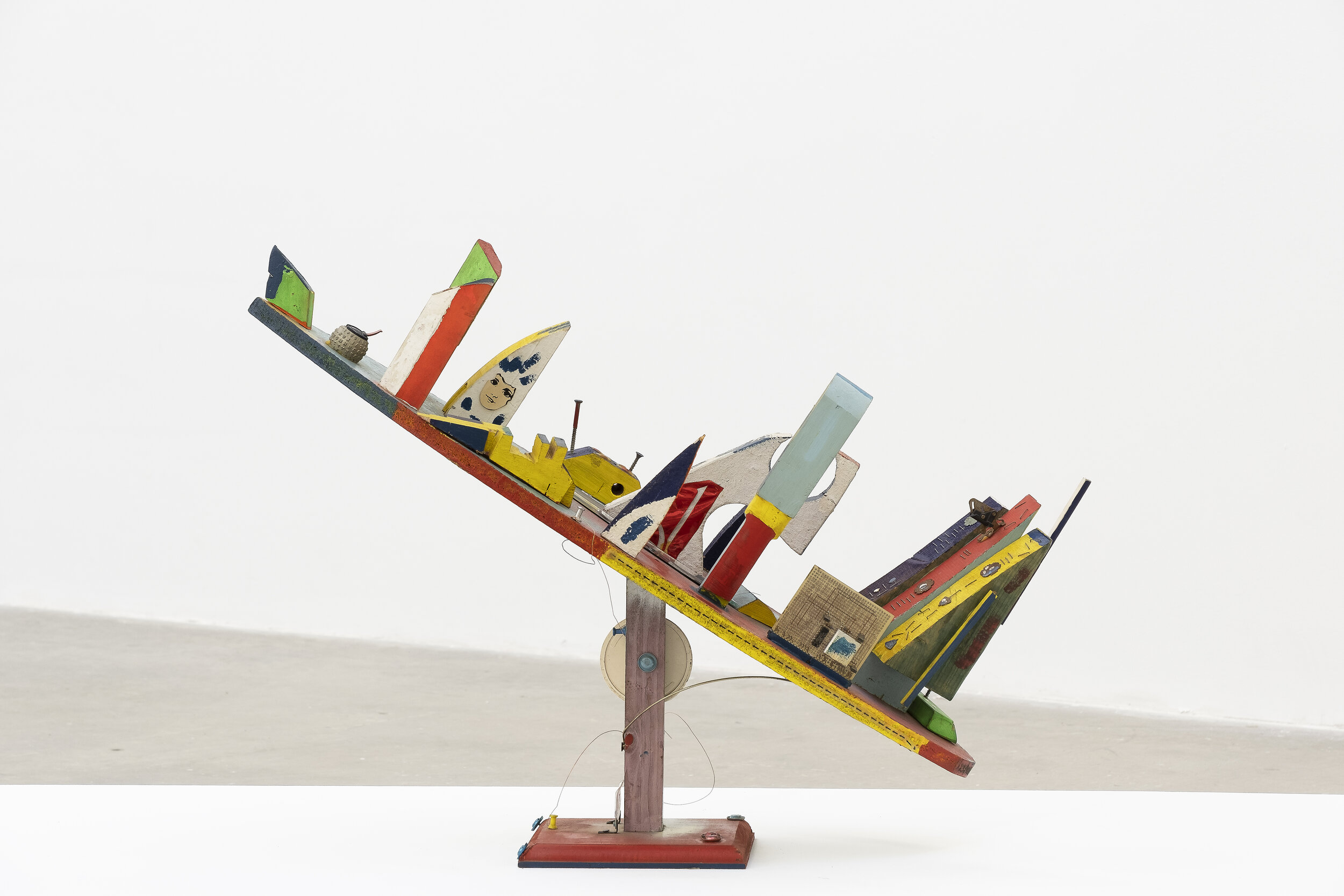
Off Site: Charles Williams
Charles Williams: The Life and Death of Charles Williams
Atlanta Contemporary
January 23 - August 2, 2020

Installation View
Charles Williams
The Life and Death of Charles Williams
Atlanta Contemporary
January 23 - August 2, 2020
Charles Williams (1942 – 1998) was born in Blue Diamond, Kentucky, a place he described as a “little old country hick town in coal mining territory, eight miles from Hazard, Kentucky, back up in the hollow where the blacks lived.” As a child, Williams taught himself to draw by copying comic book figures like Superman, Dick Tracy, and Captain Marvel but never finished high school. In the early 1960s, he enrolled at the Breckinridge Job Corps Center in Morganfield to learn practical job skills. Williams seems to have thrived in the program where he honed his writing proficiency, made photographs, and even developed his first regular comic strip titled “JC of the Job Corps,” which appeared weekly on the back page of the Breckinridge Bugle—the camp newspaper. The comic recounts the adventures of teenagers enrolled in the program, led by JC, who face monsters, mummies, and the nefarious Dr. Killpatient, but also the more immediate problems of finding a job, voting rights, and economic opportunity. Williams graduated from the Job Corps program in 1967 “with flying colors” but was unable to find the kind of employment he wanted and ended up in the cleaning services of IBM in Lexington.
While working as a full-time janitor Williams continued to develop his artistic practice. He created comic narratives including the Amazing Spectacular Captain Soul Superstar, a caped superhero who fights against the perpetrators of the intergalactic slave trade and an entire mini-series called the Cosmic Giggles which recounts the experiences of aliens visiting Earth. During their interstellar travels, the aliens observe racism, venereal disease, economic inequality and other problems specific to our planet; they ultimately decide to leave because of “pollution problems, gas shortage, bad weather, and the rent going up.” Facing these circumstances, the Martians can’t afford to stay and go home avoiding a potential war of the worlds.
Beyond comics, Williams maintained an elaborate yard show, painting the trees around his house and embellishing them with cutouts of Mighty Mouse, Batman, and others. In his own words, “I got me this place here and decided to do something with it. I have always had art on my mind and wanted to do something out front there that I hadn’t heard of no other person doing. I fixed up the trees to give them some new life, some color, one idea got another idea and so on down the line, each idea kept building into another idea.” Williams also made hundreds of pencil holders, sculptures of all sizes and forms, with holes drilled to accommodate all sorts of writing instruments, mostly gleaned from the desk drawers of IBM employees after they had gone home for the day. Williams describes his pencil holders, “Plastic melts off the machine and it takes certain forms when it hits the floor. It becomes solid with weird shapes. I put them on a stand and paint it, keep it in its unique weird stage, and some of them forms looks like an animal’s brain. Makes you think of a brain.”
Williams worked avidly on paintings, drawings, assemblages, sculptures, and furniture until his untimely death in 1998, the result of AIDS-related complications and starvation. A few months later, an organization called A Moveable Feast Lexington was founded in his honor and tasked itself with providing hot meals to people living with HIV/AIDS in the region. In death, Williams had finally become a catalyst for the kind of change he had advocated for in his comics, drawings, and sculptures but his work remains almost completely unknown. The Life and Death of Charles Williams is the first major solo exhibition of his work and features over 100 objects made between the early 1960s – 1998.
This April, Institute 193 will publish the Cosmic Giggles, a graphic novel/comic, featuring over 100 drawings by Williams. This publication is produced in conjunction with The Life and Death of Charles Williams and an installation of select images from the Cosmic Giggles at Institute 193 (1B) in New York.
For more information about Cosmic Giggles, click here.
Press:
A Soaring Visionary of Afrofuturism and Black Power, by Edward M. Gómez, Hyperallergic, March 28, 2020
Atlanta Contemporary Displays Works of Charles Williams, An Artist with Many Styles, by Ryan McFadin, WABE, January 30, 2020
Review: Contemporary’s “Charles Williams” Tells Story of Pencils, Empowerment, Despair, by David S. Cohen, ARTS ATL, February 26, 2020
Hard-Hitting Humour, by Edward M. Gómez, Raw Vision, March 2020
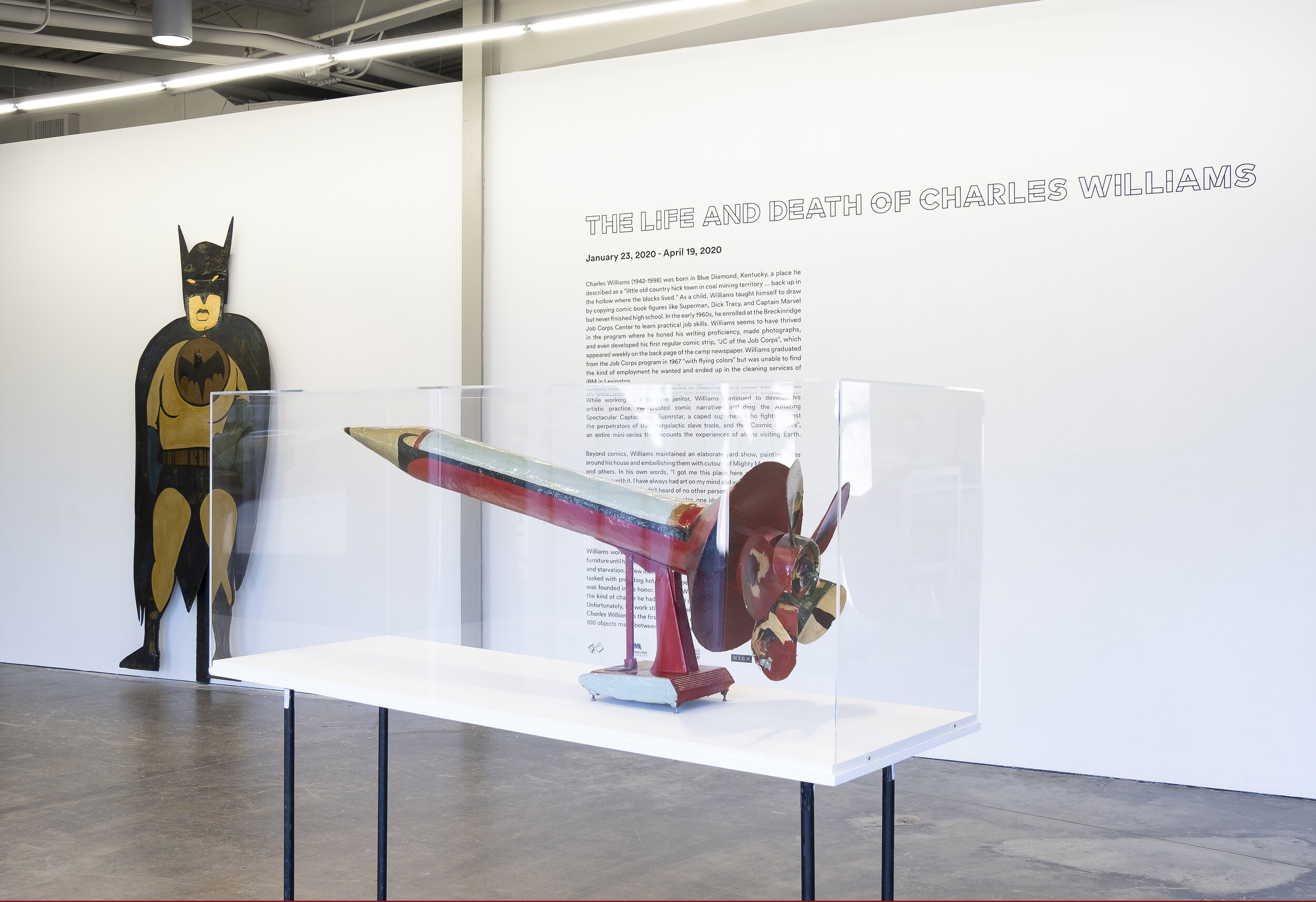
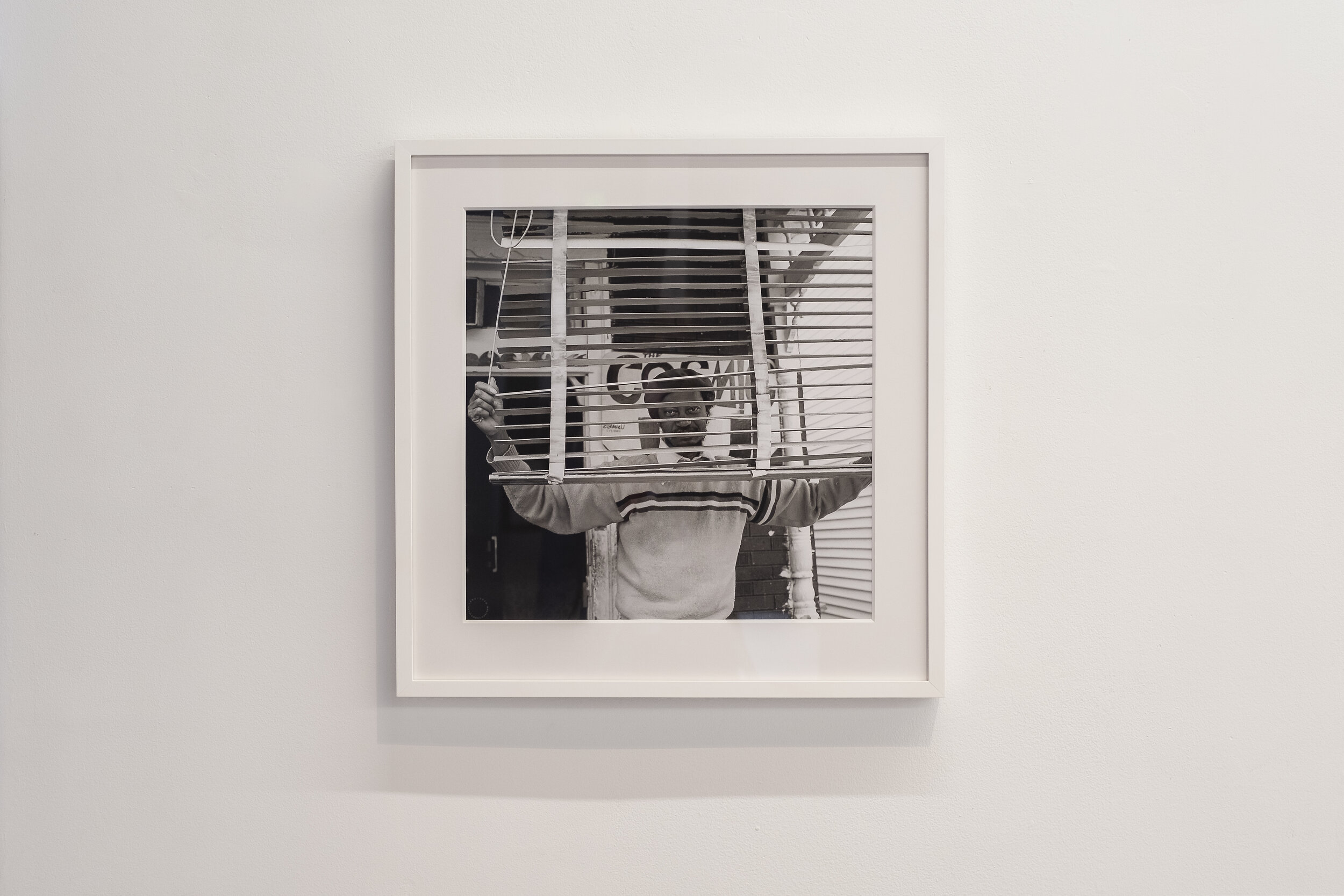
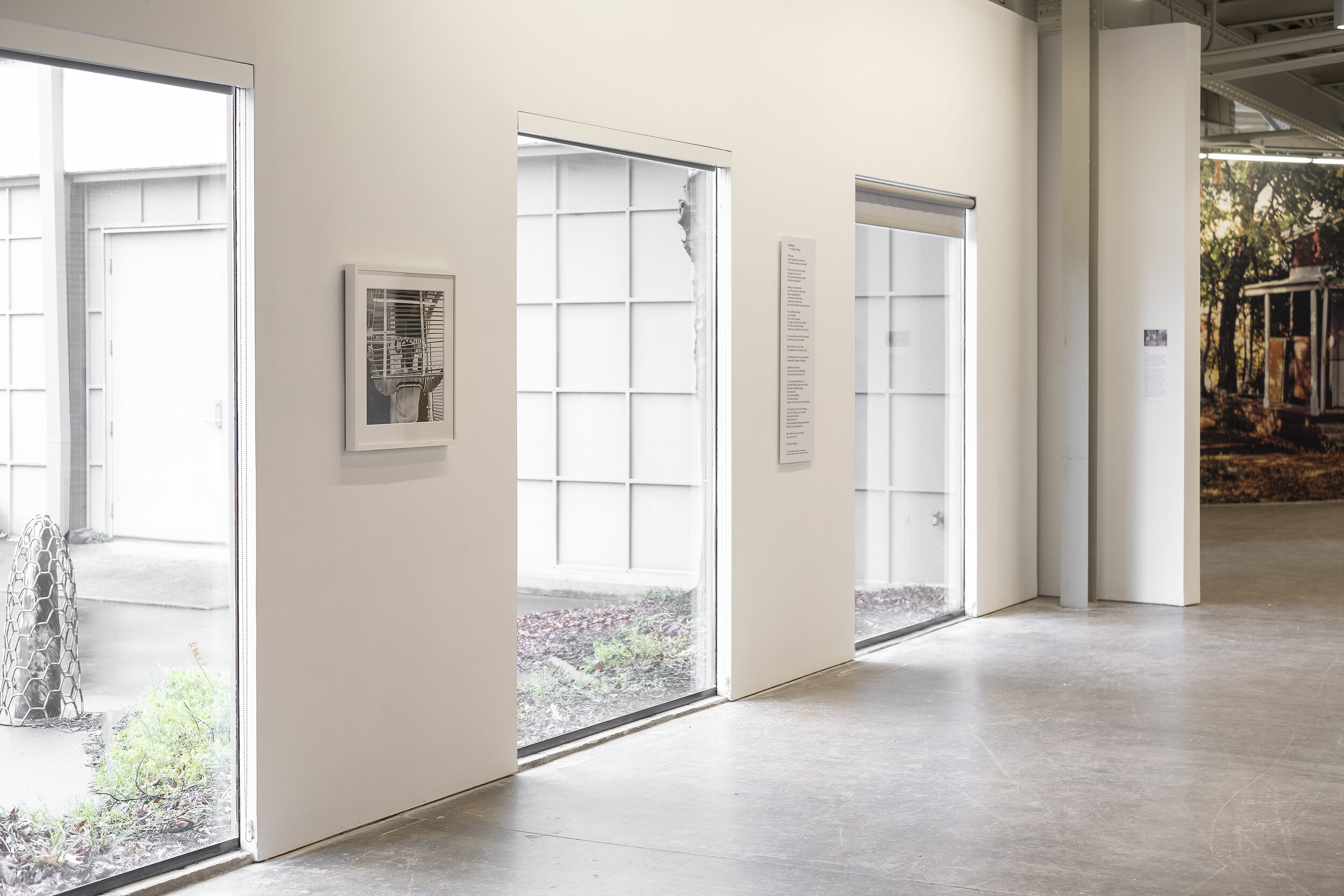
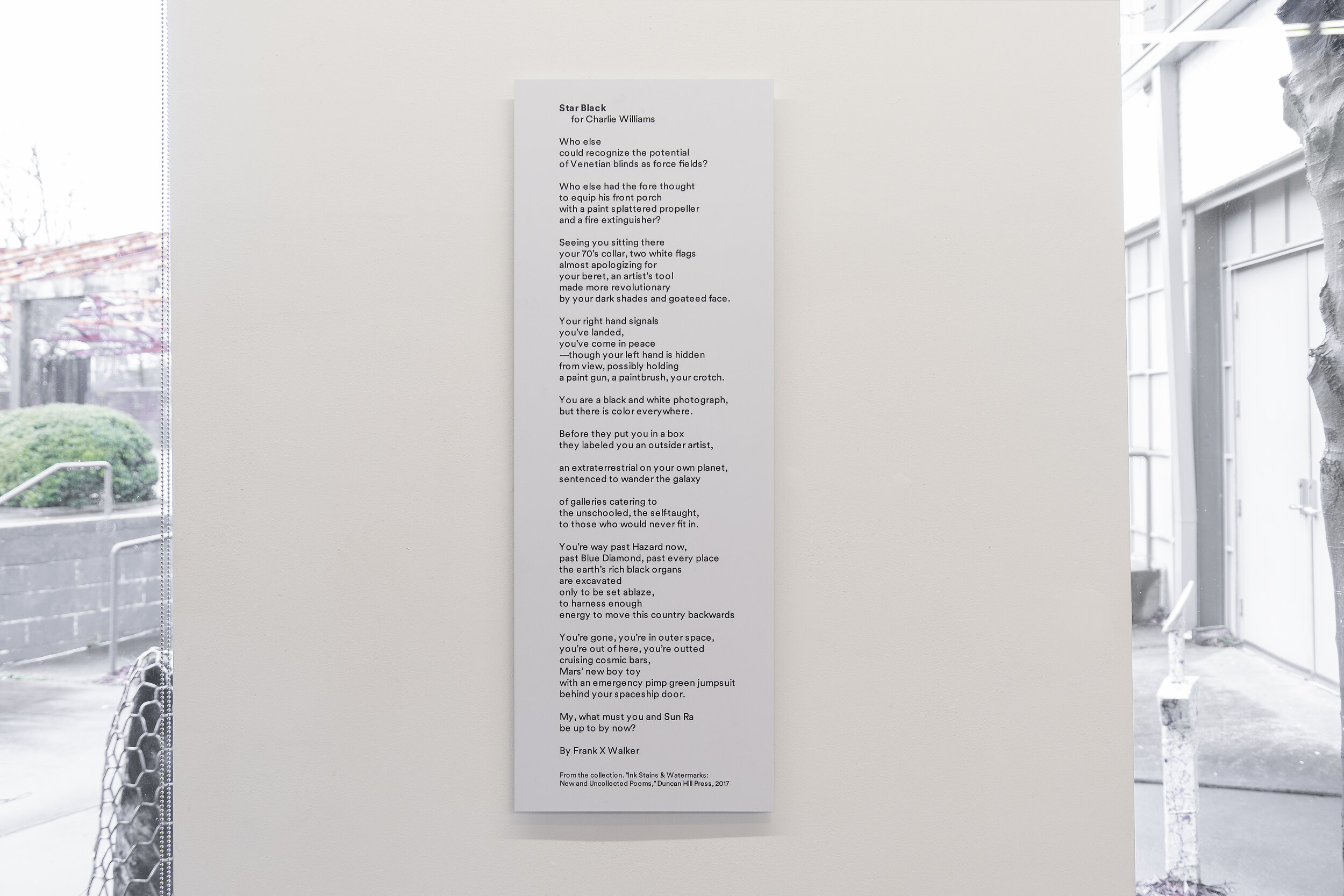
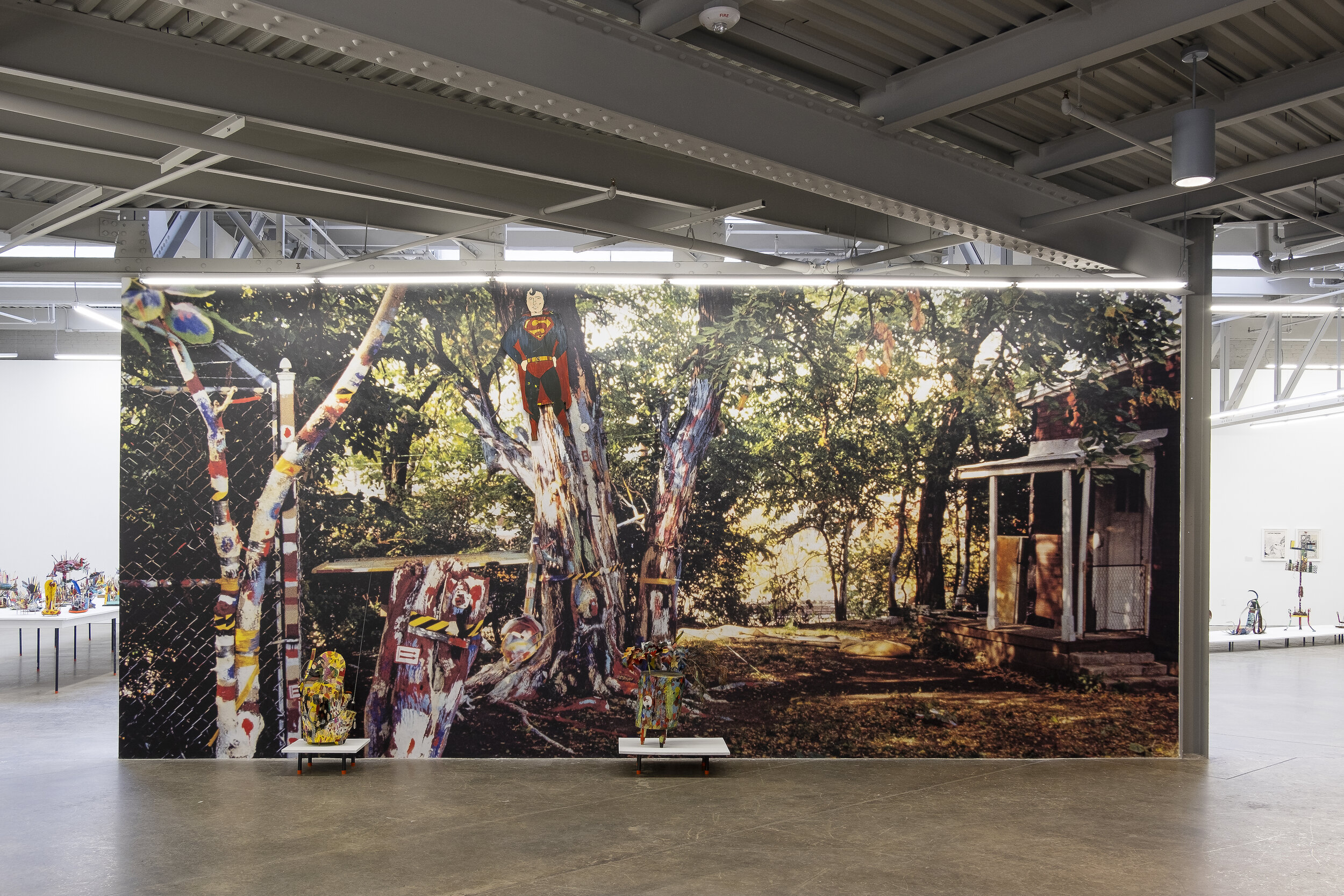
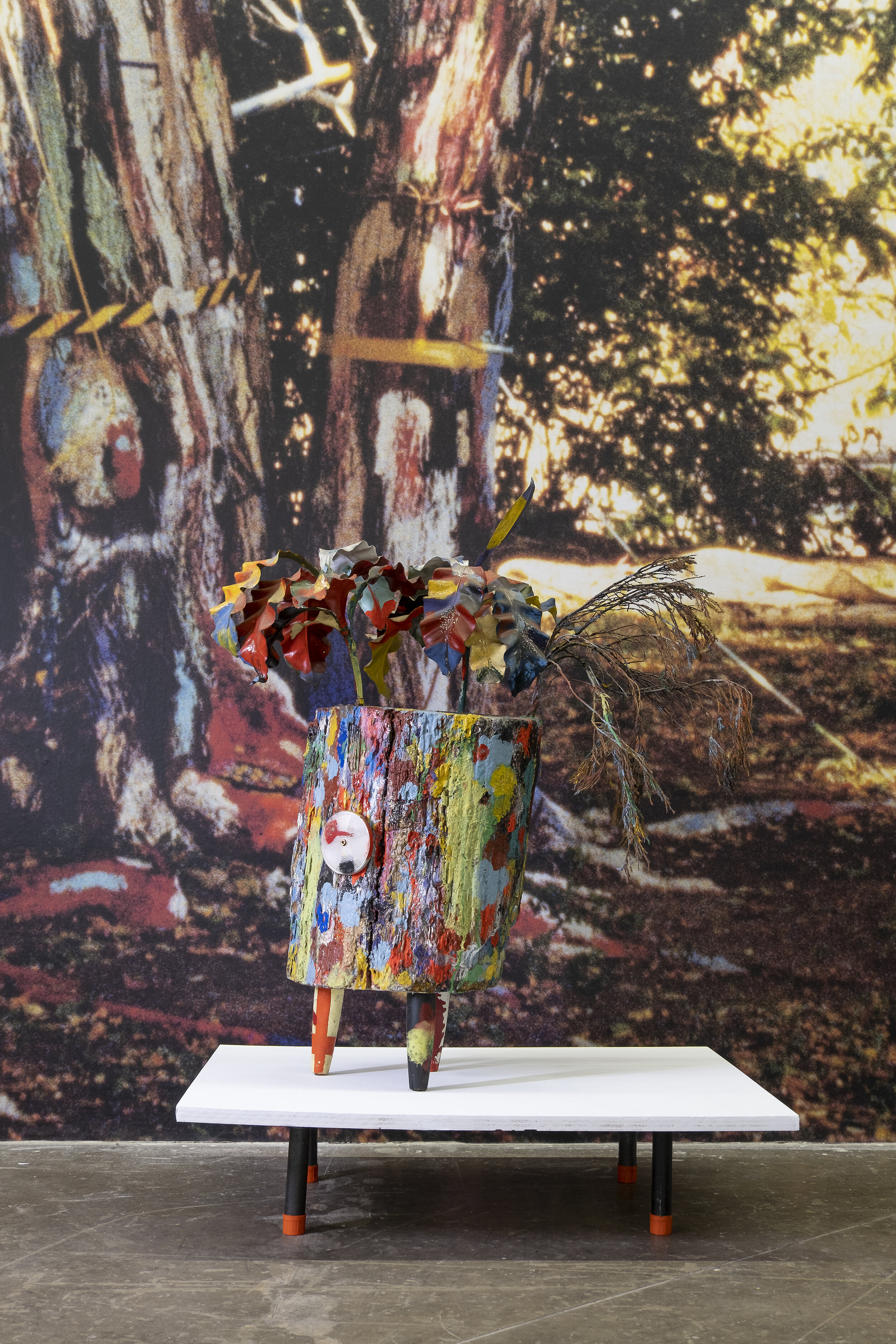

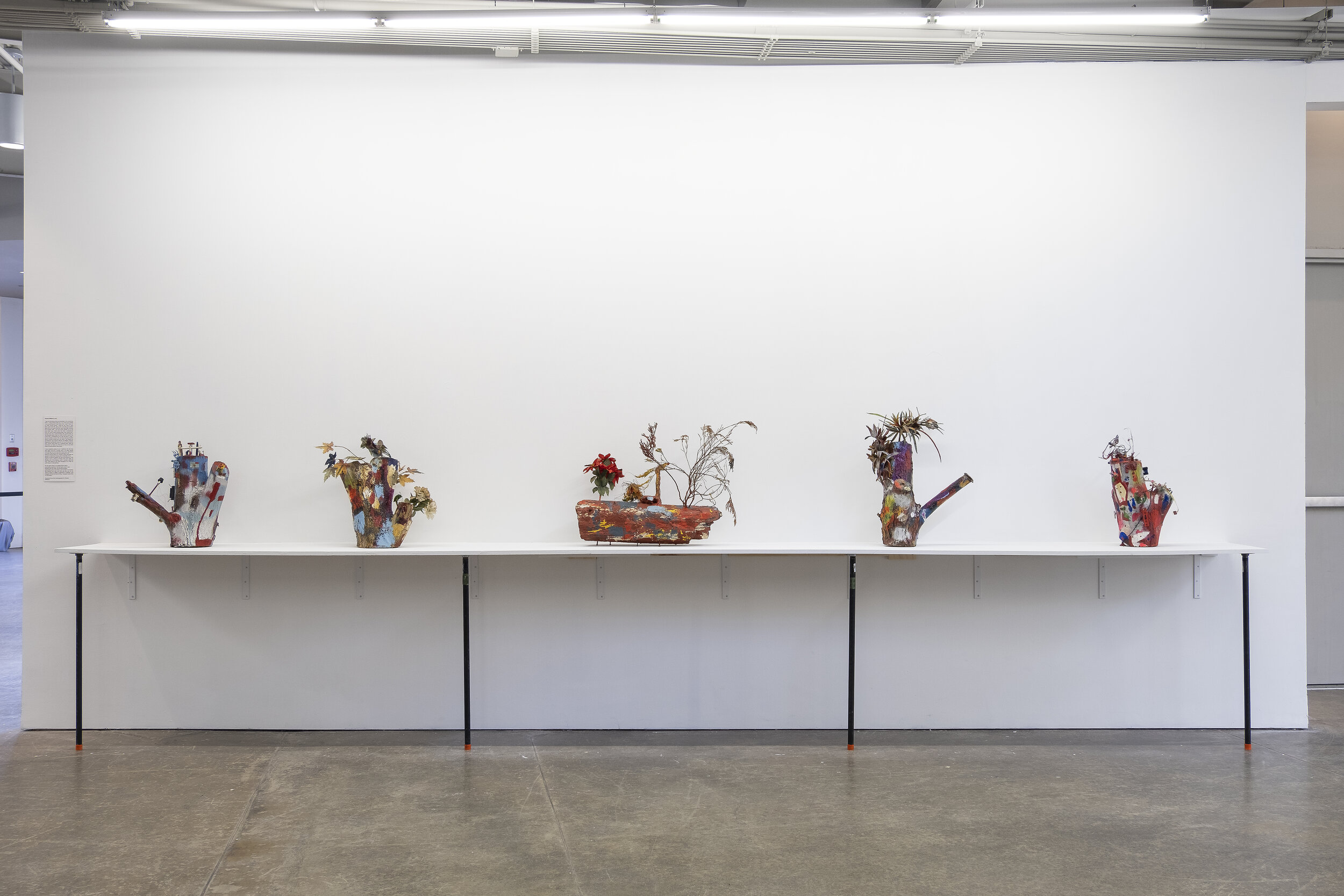
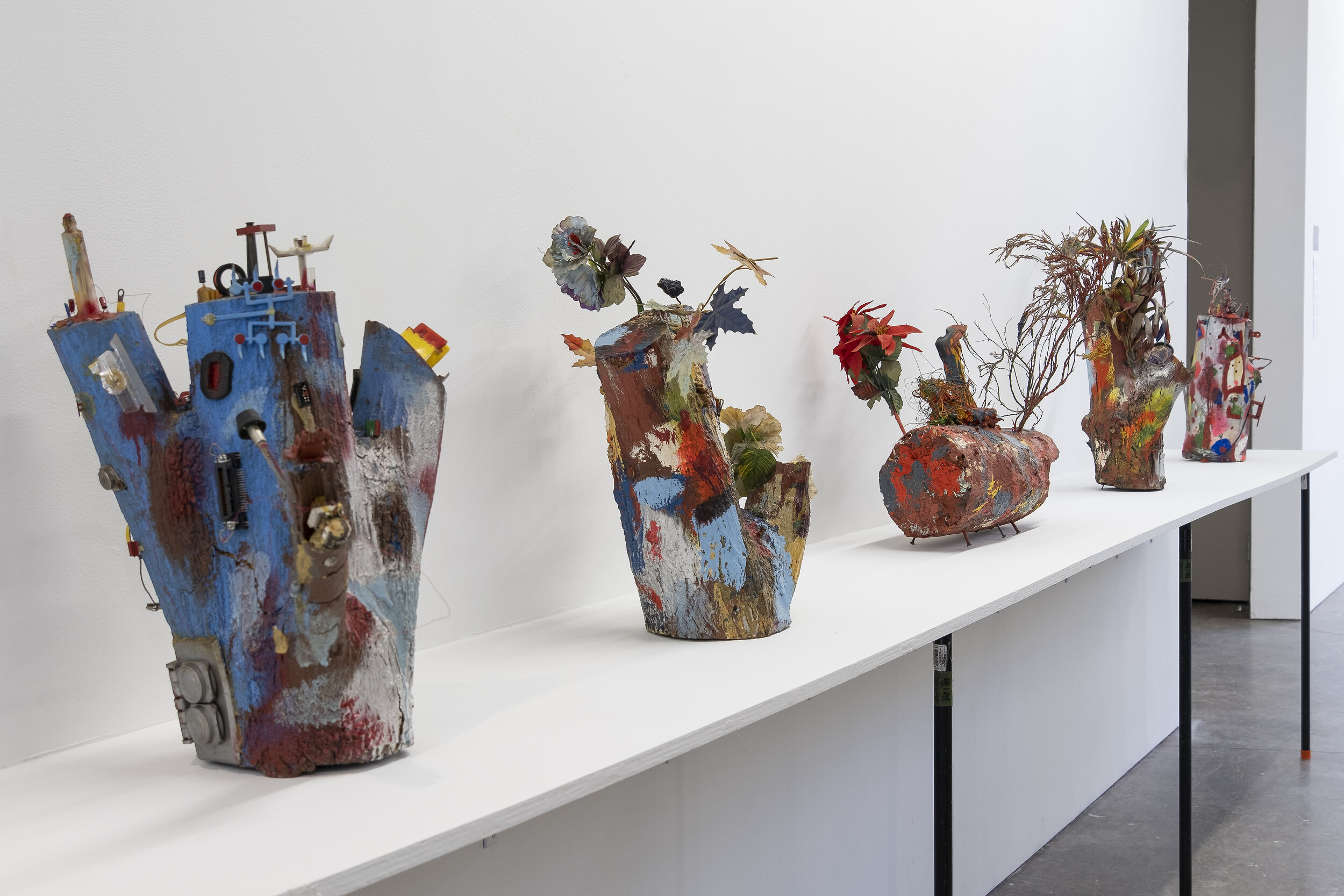


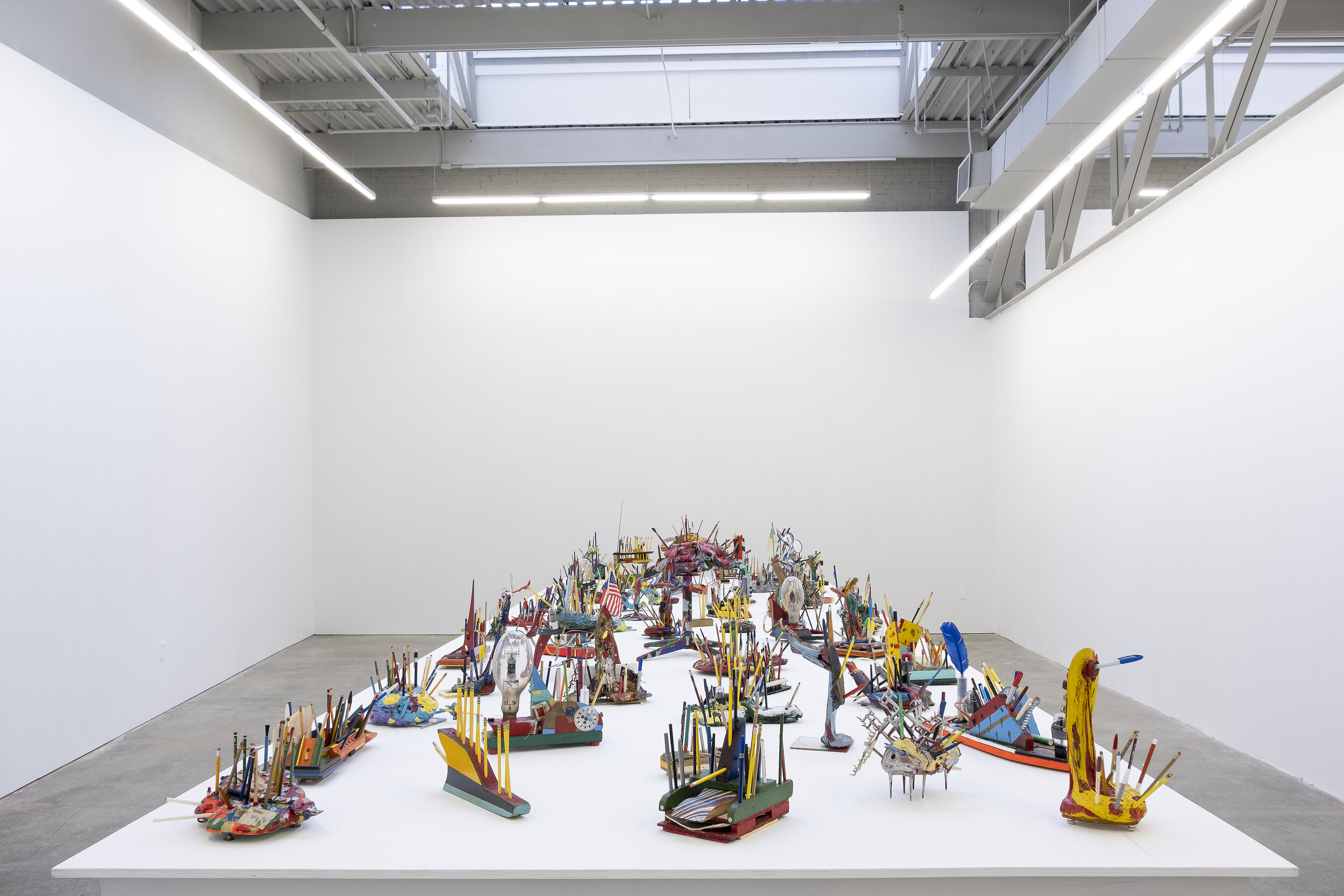
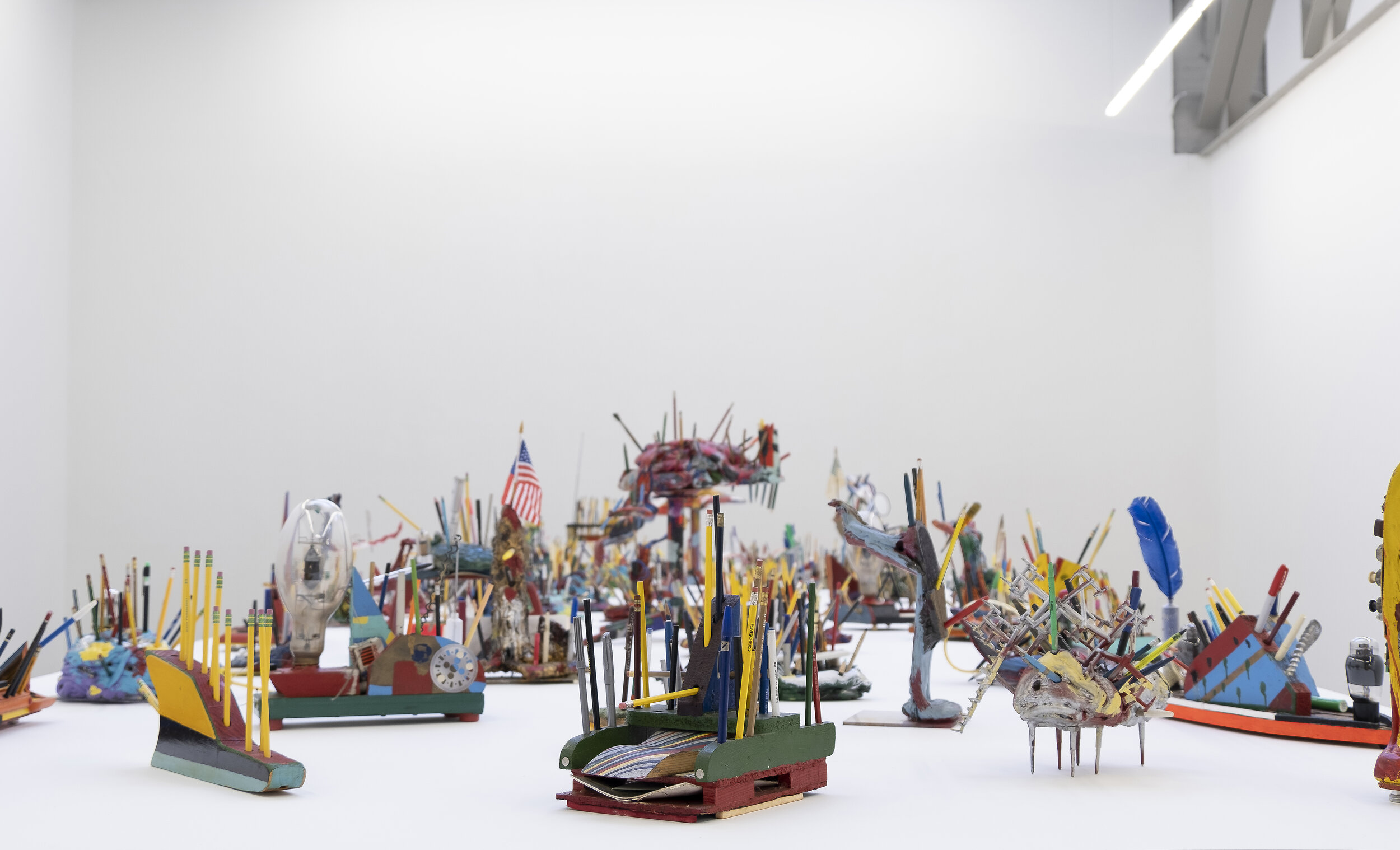
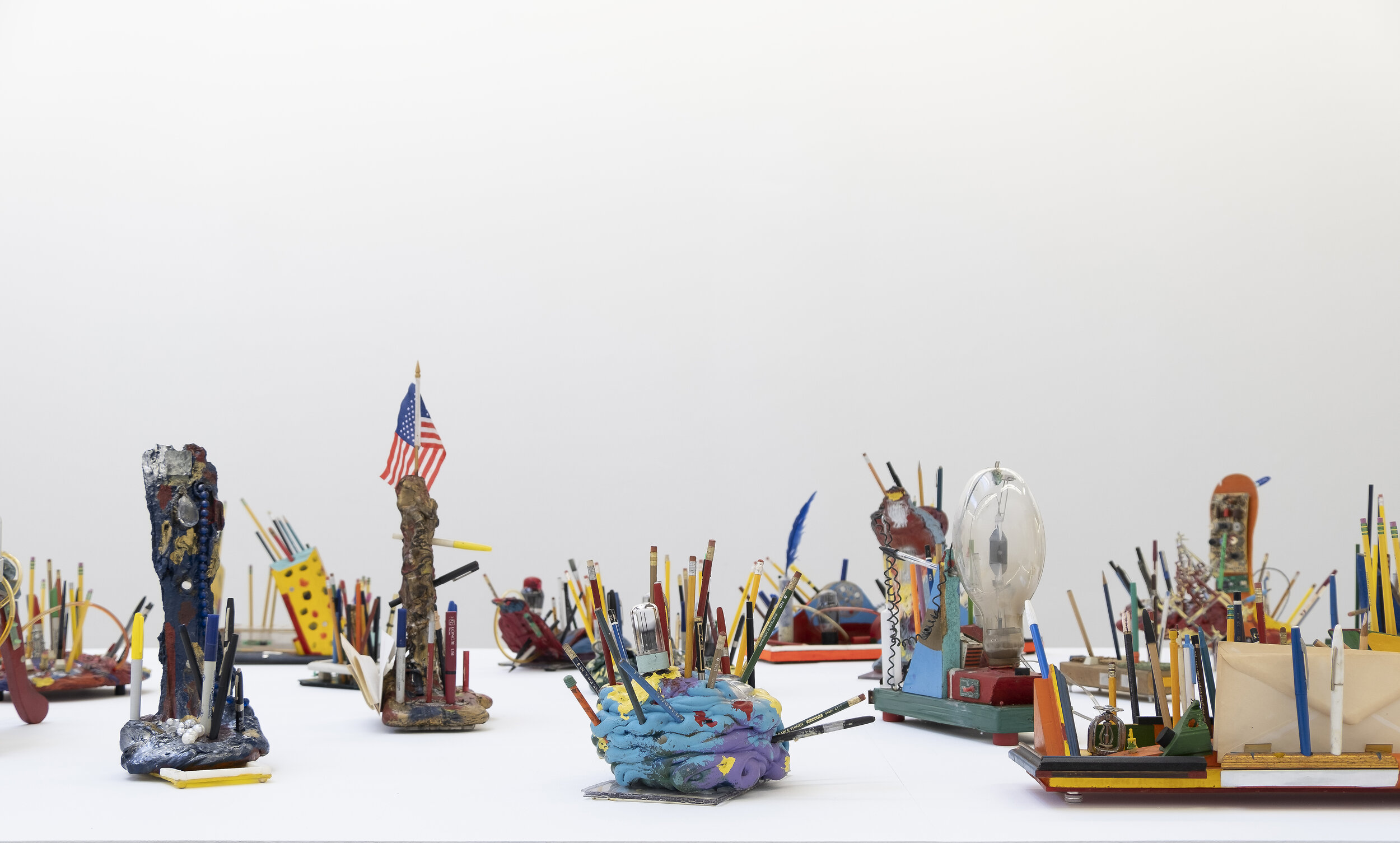

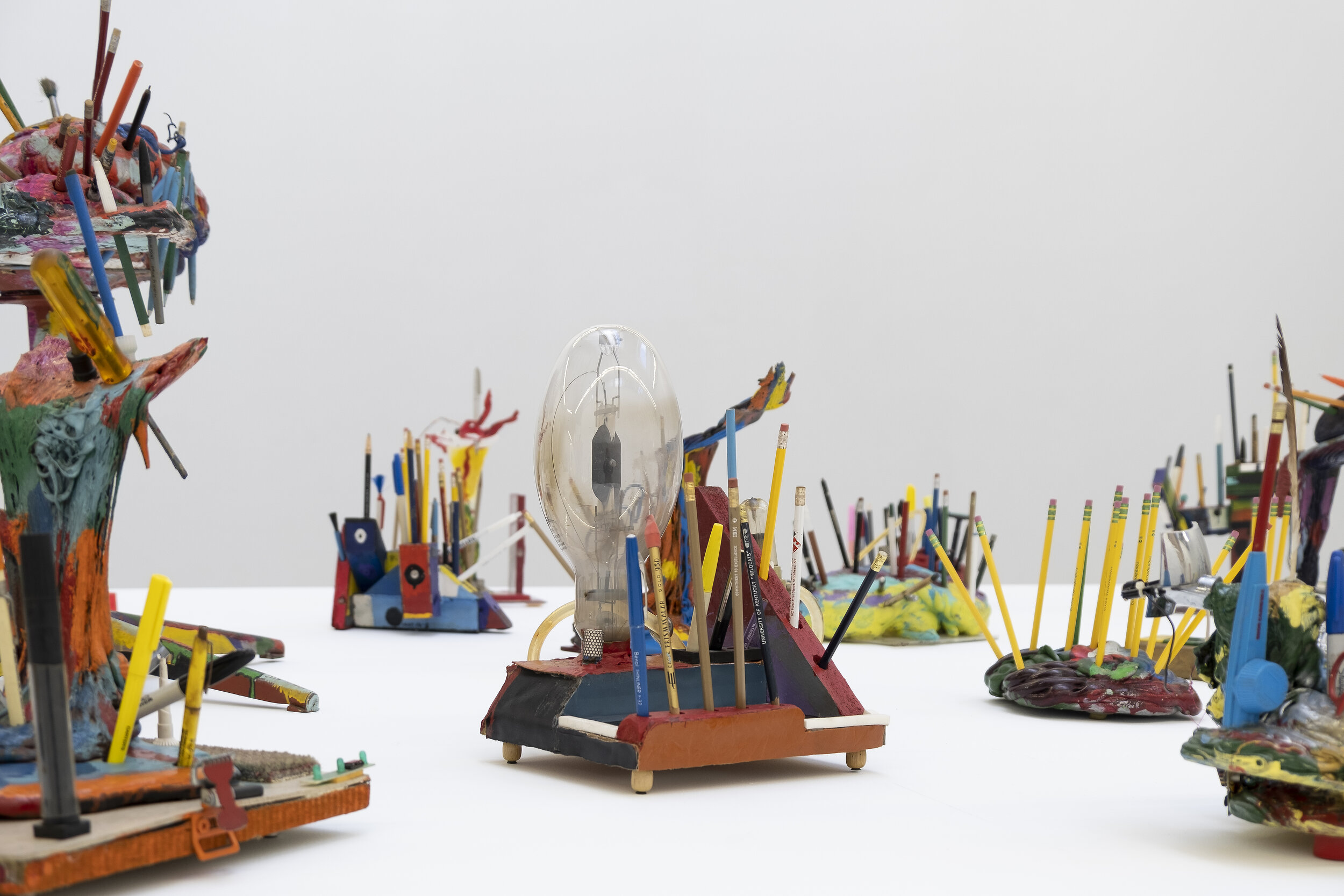

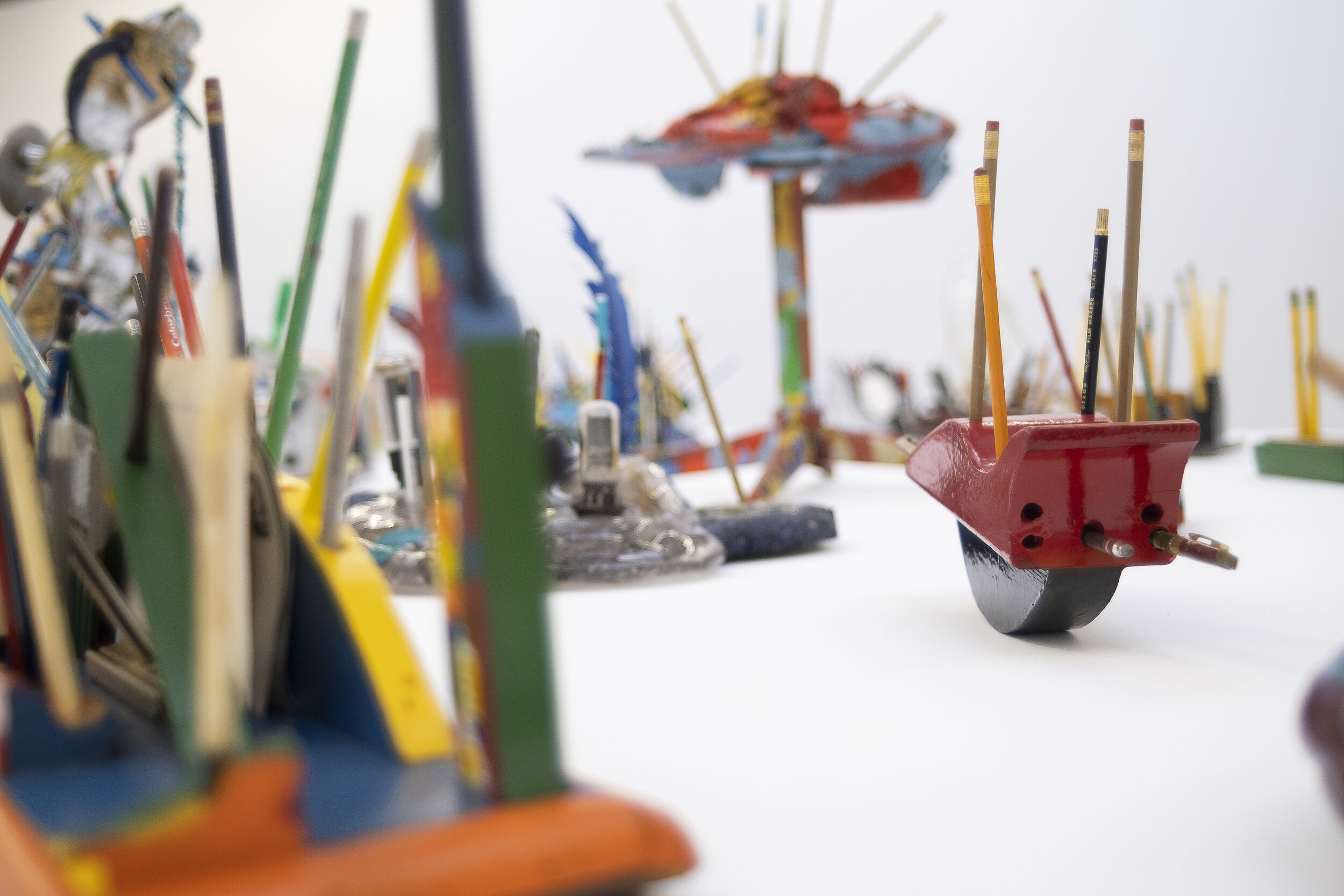
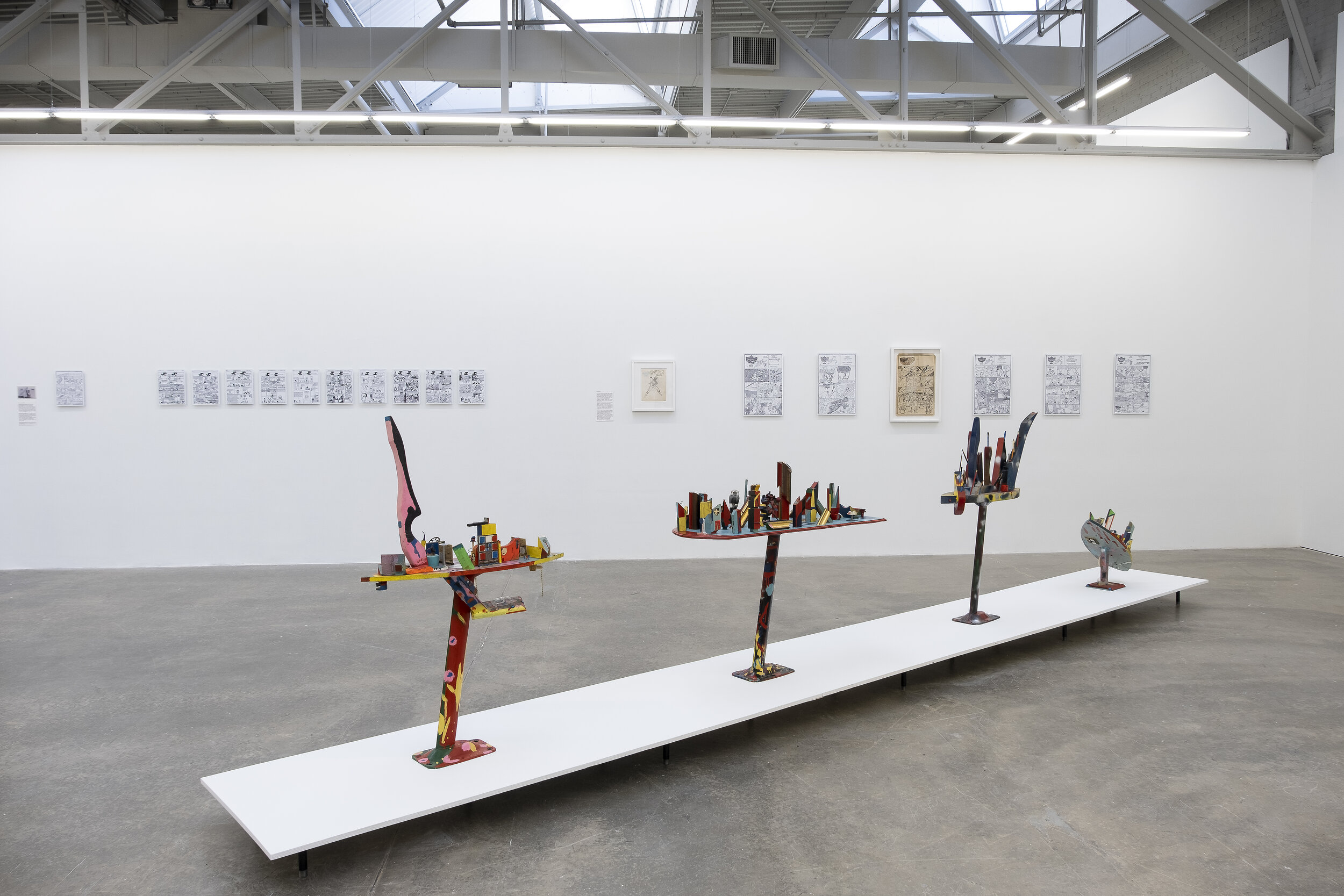
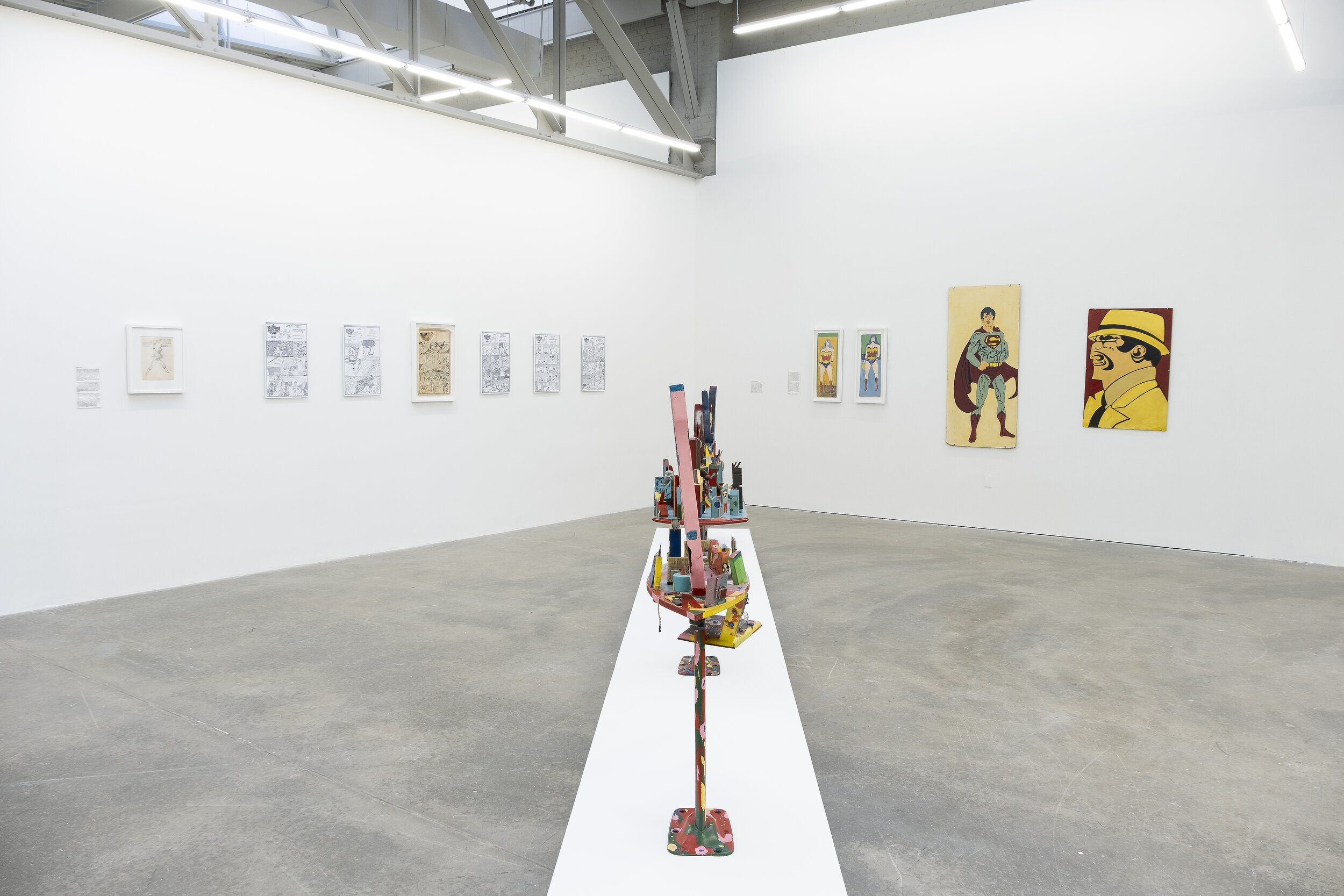

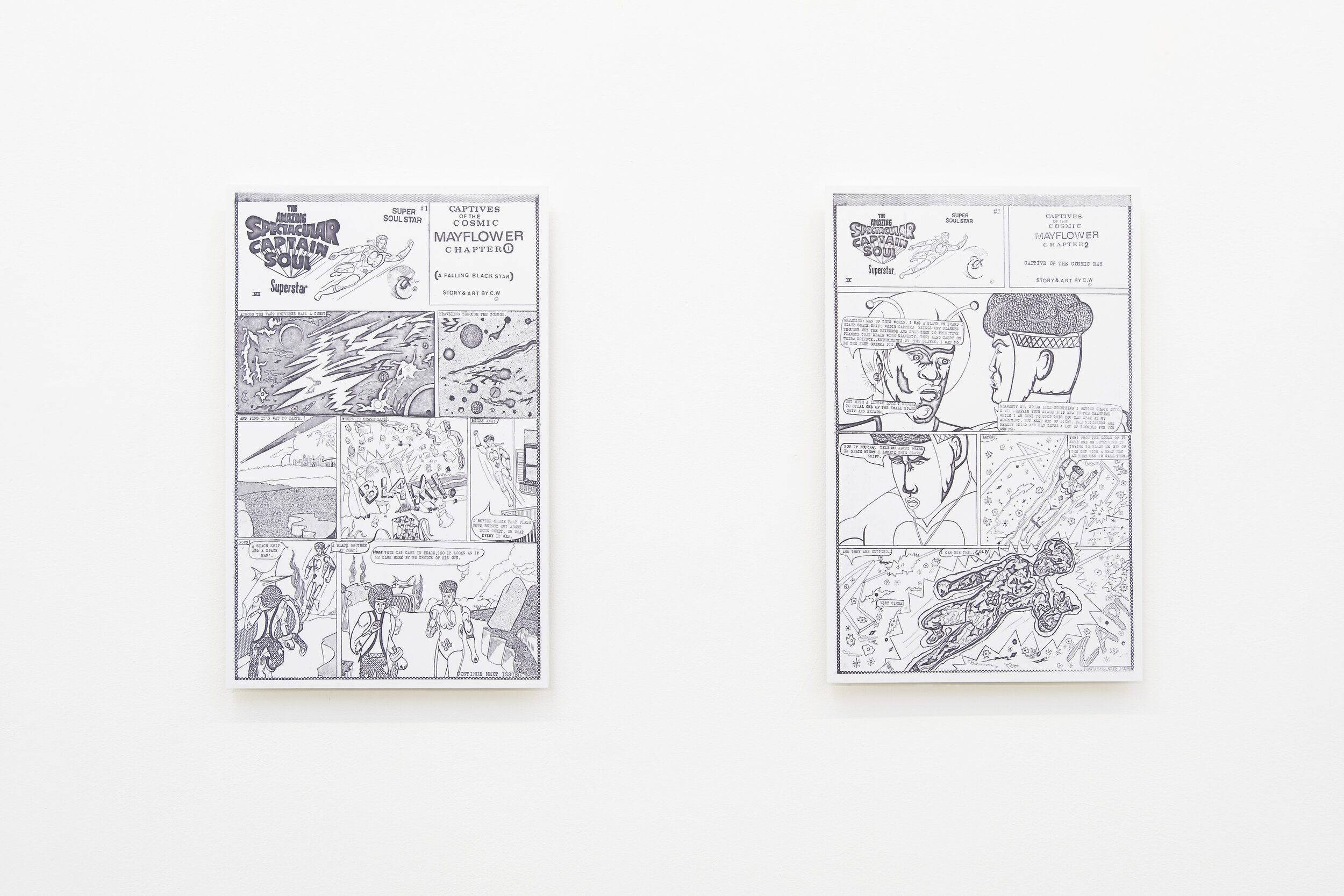
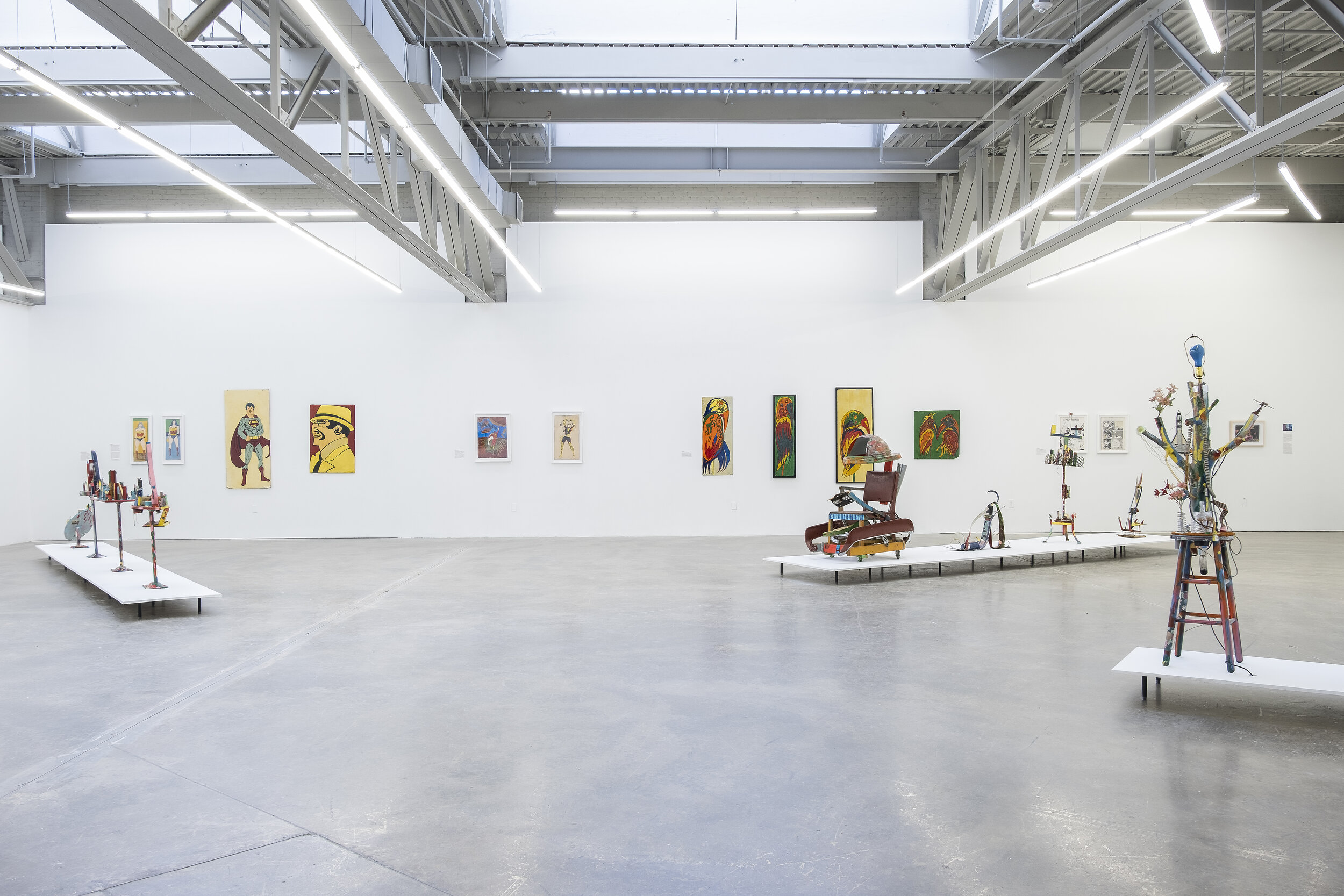
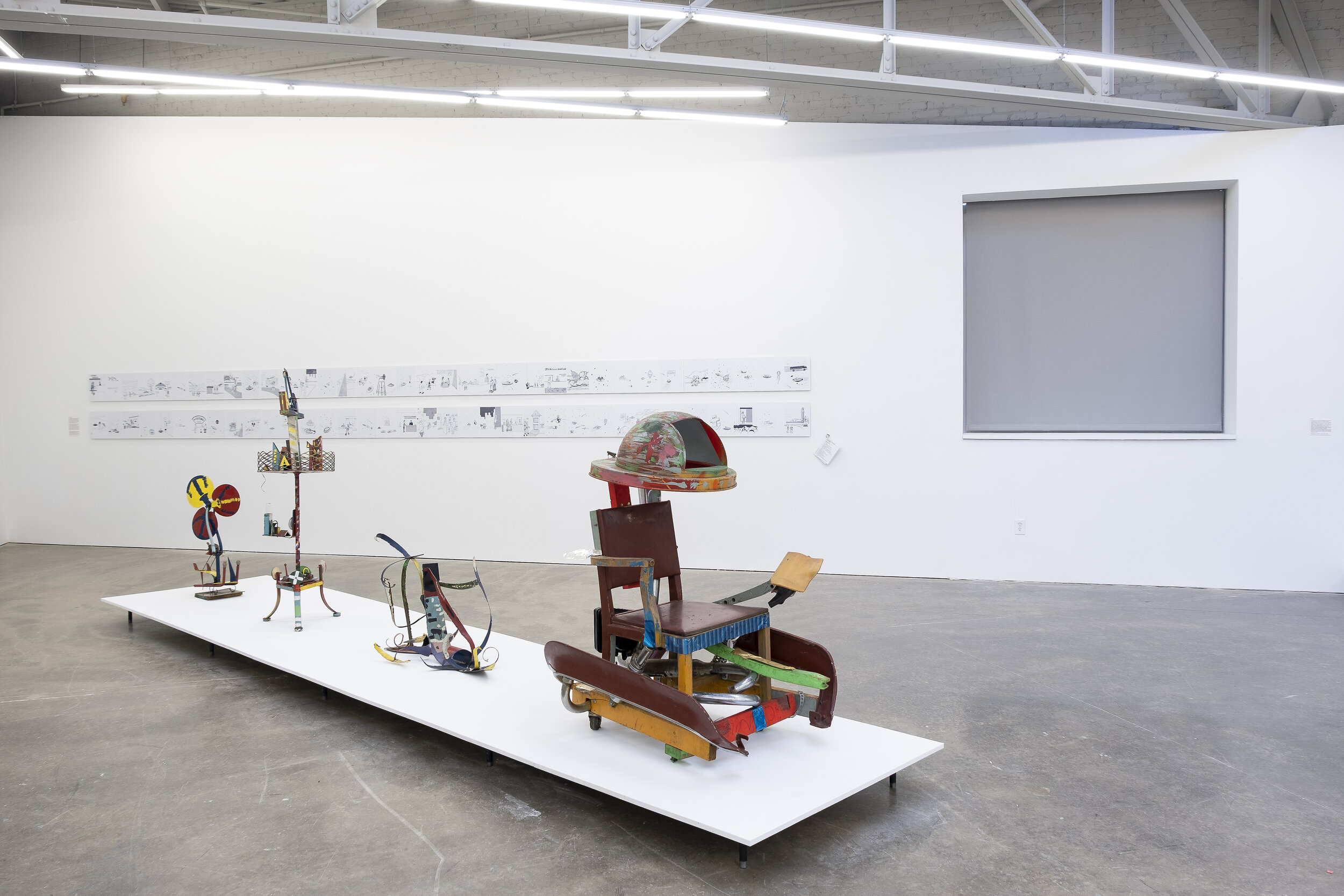

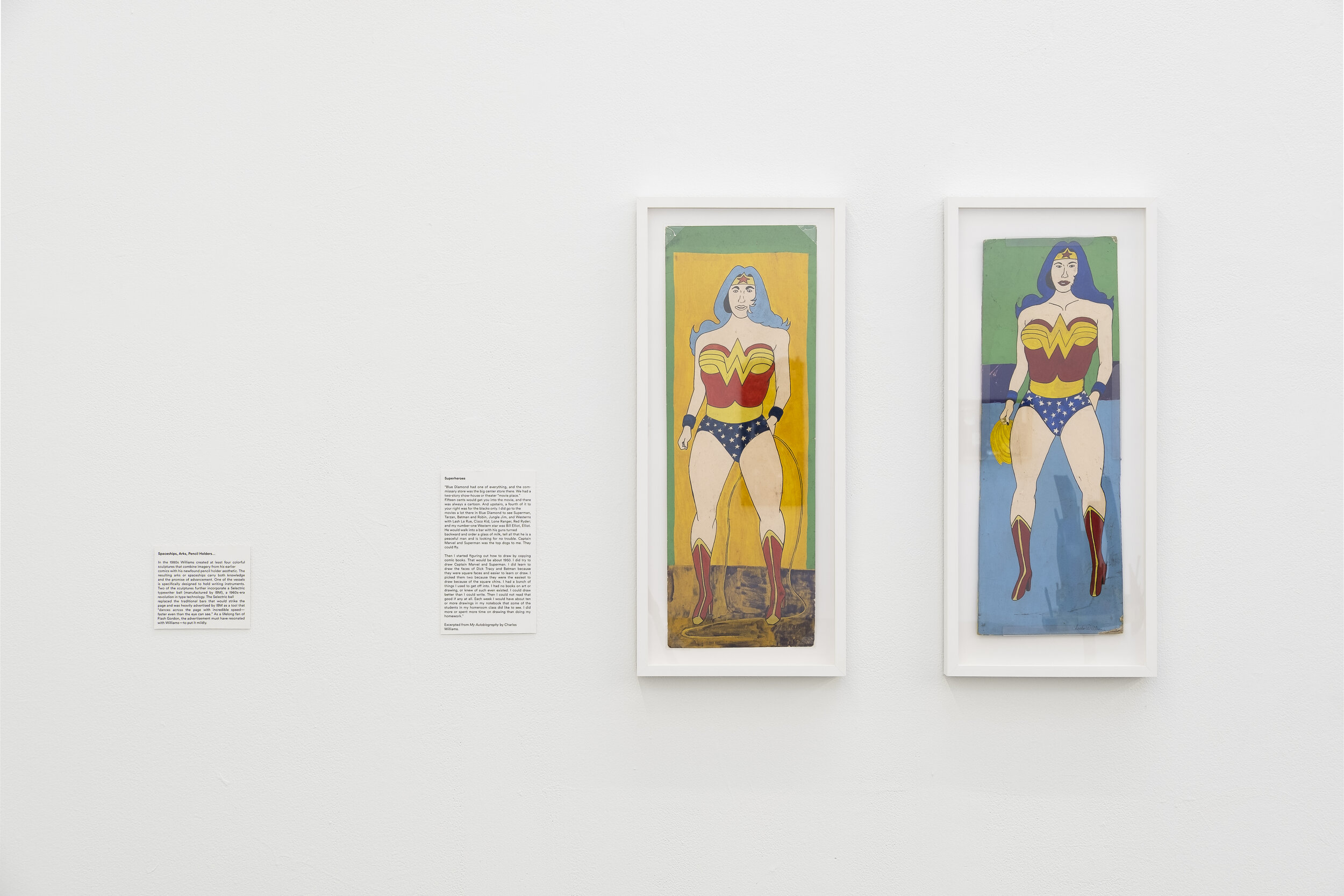
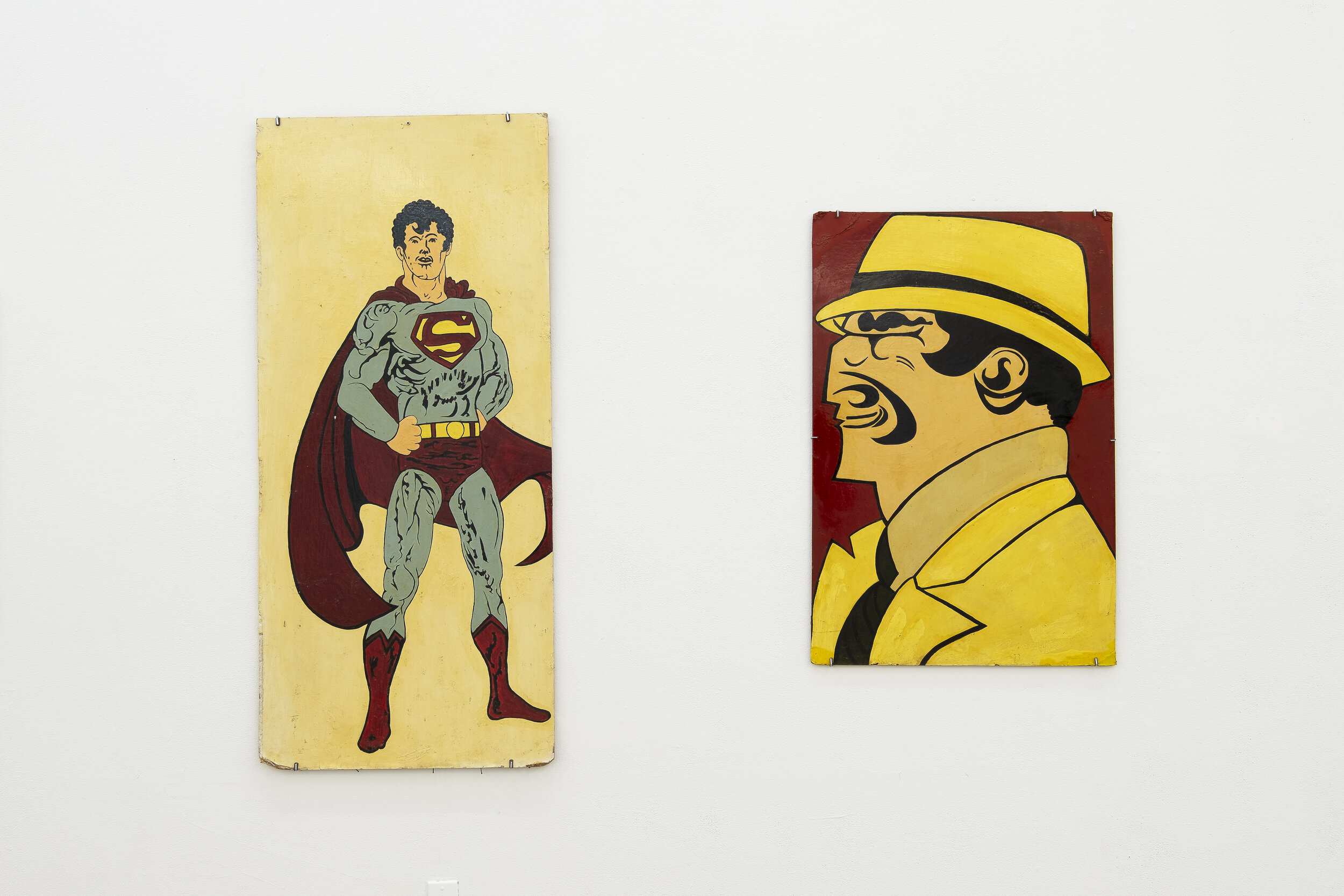
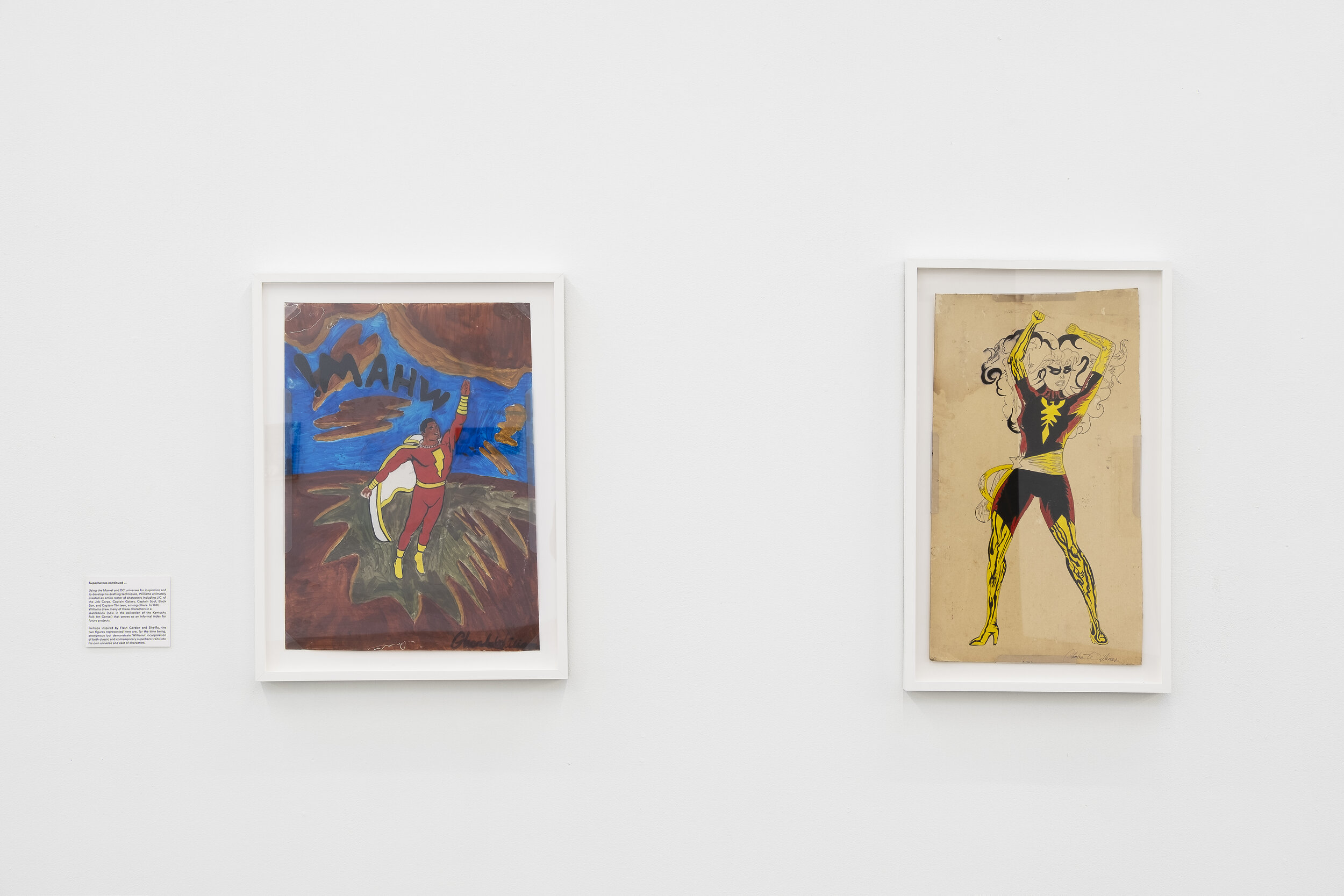
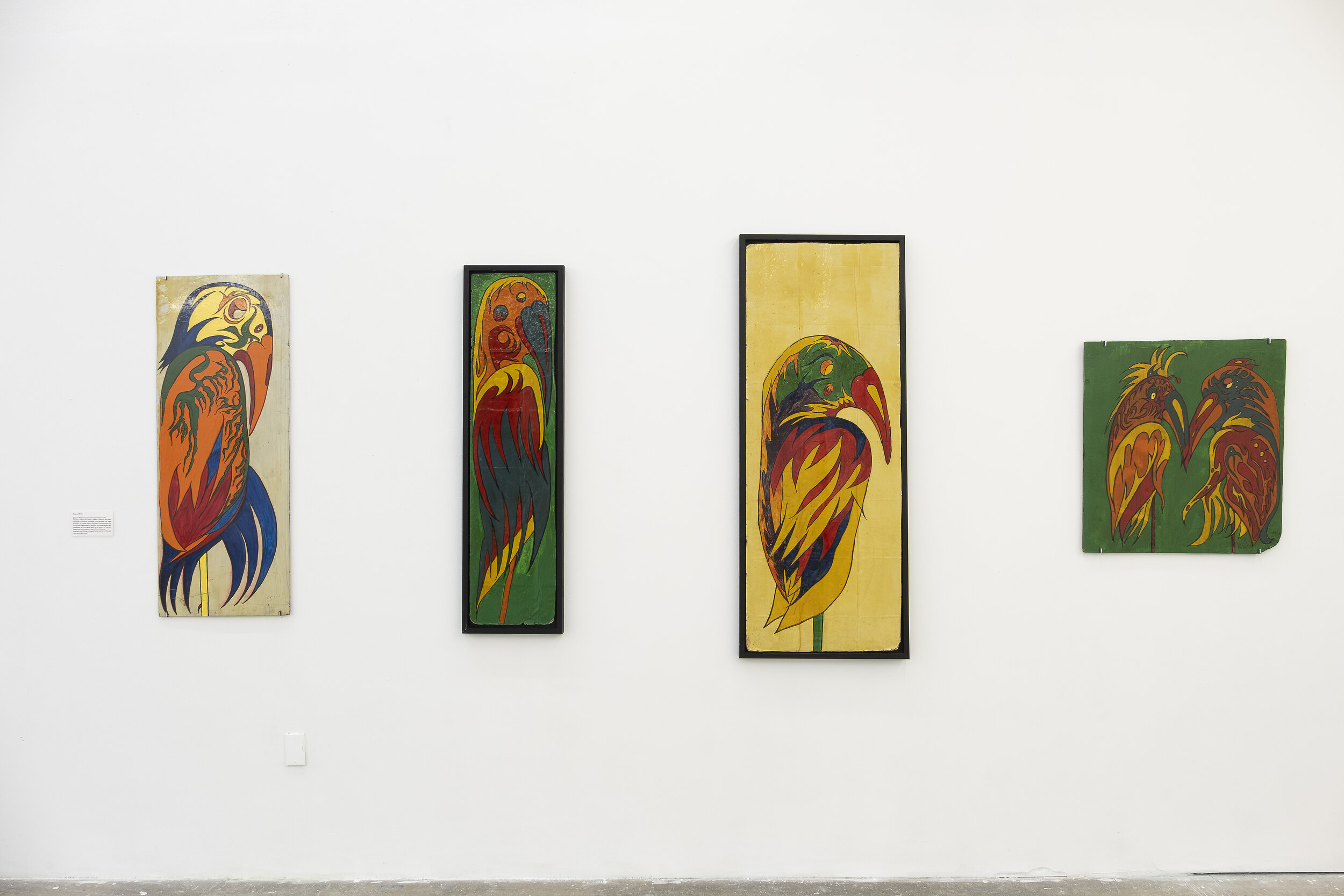
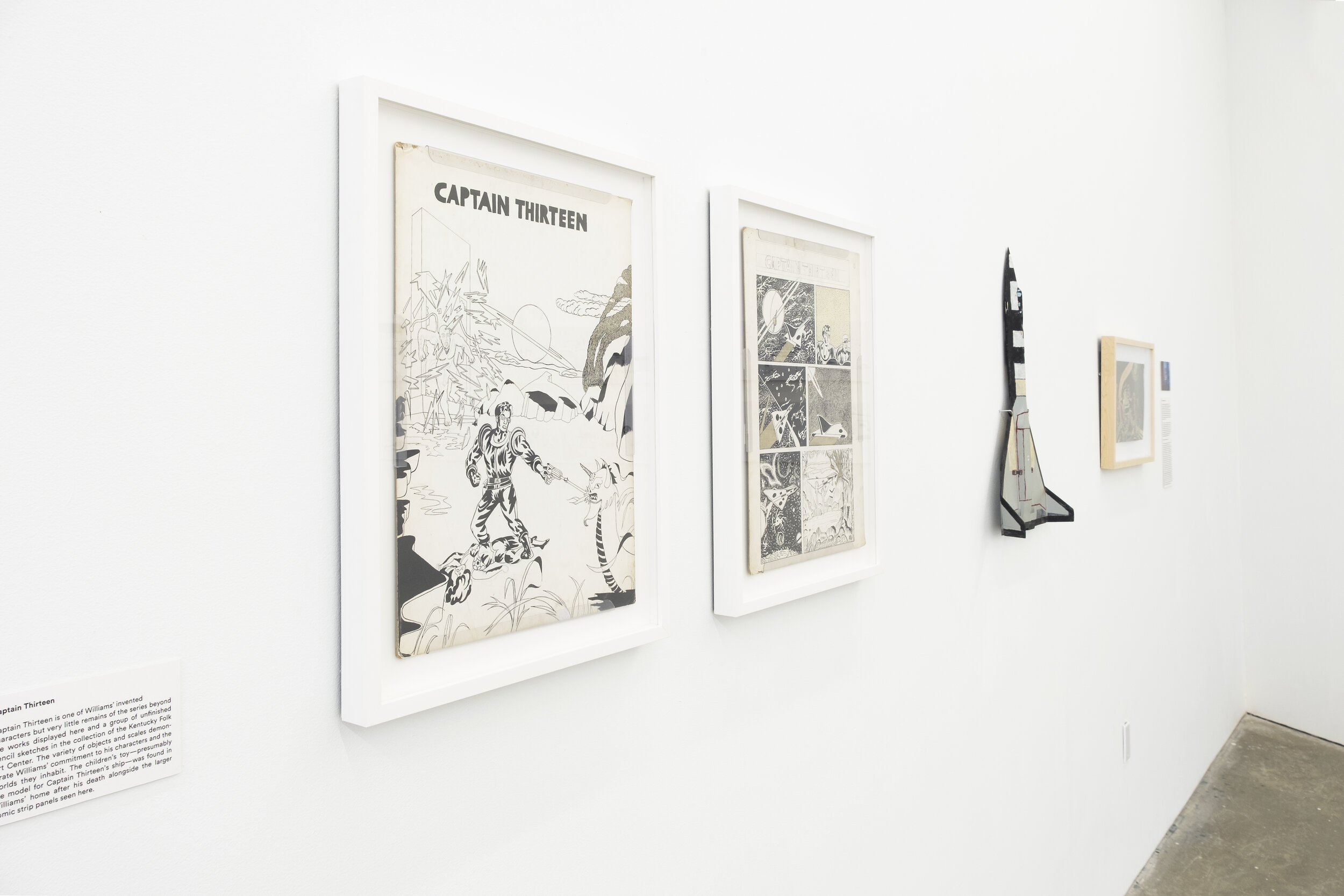

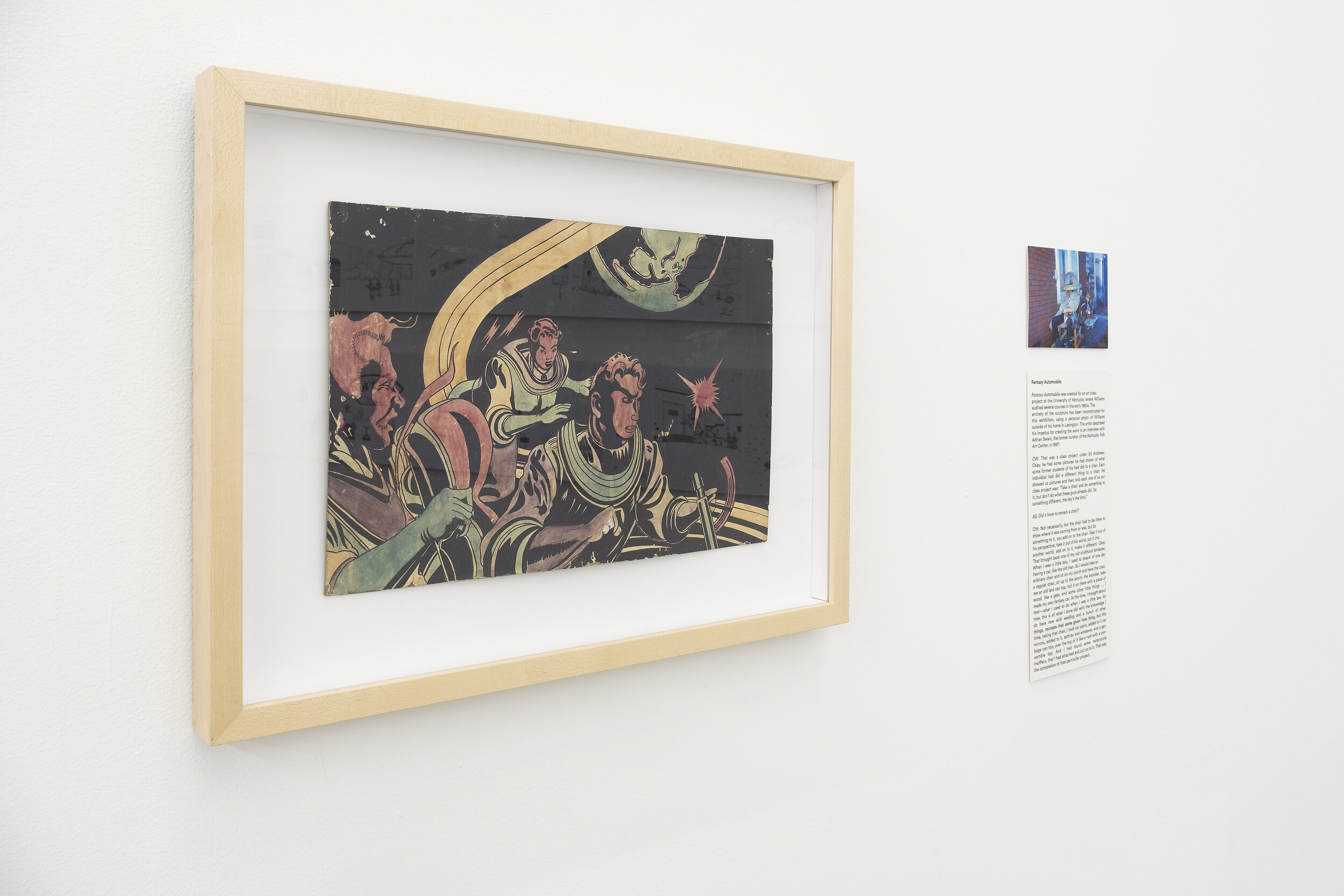
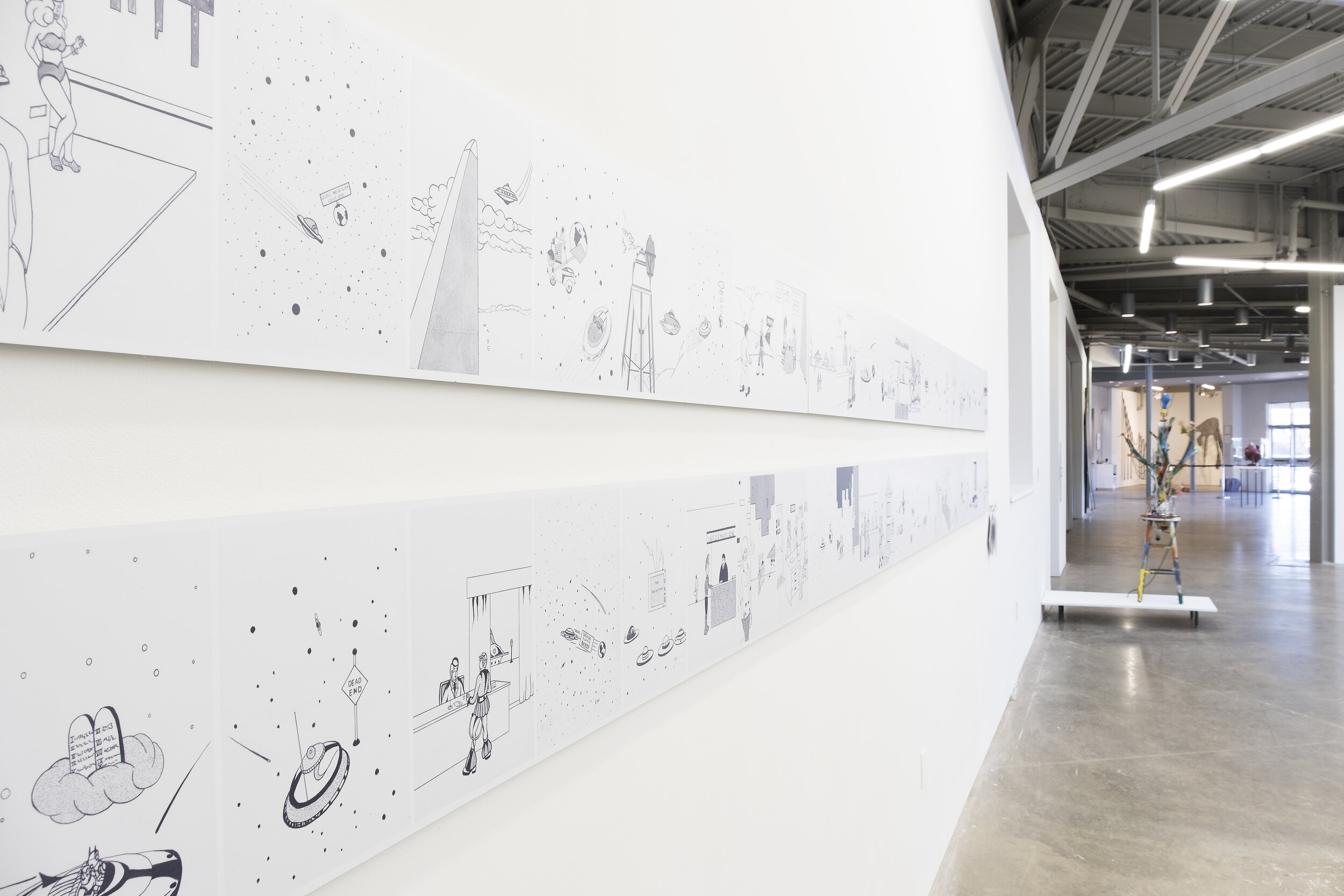
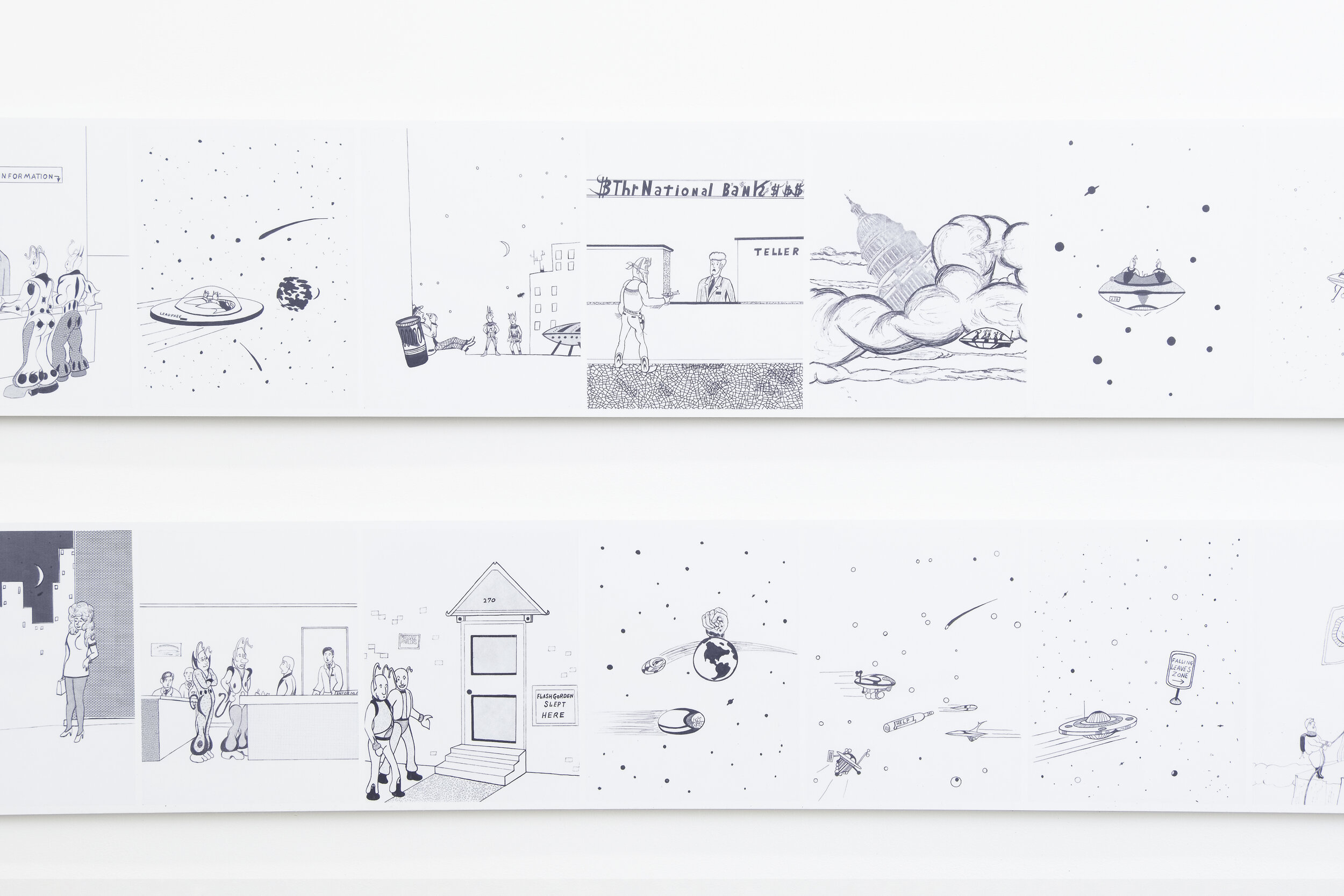
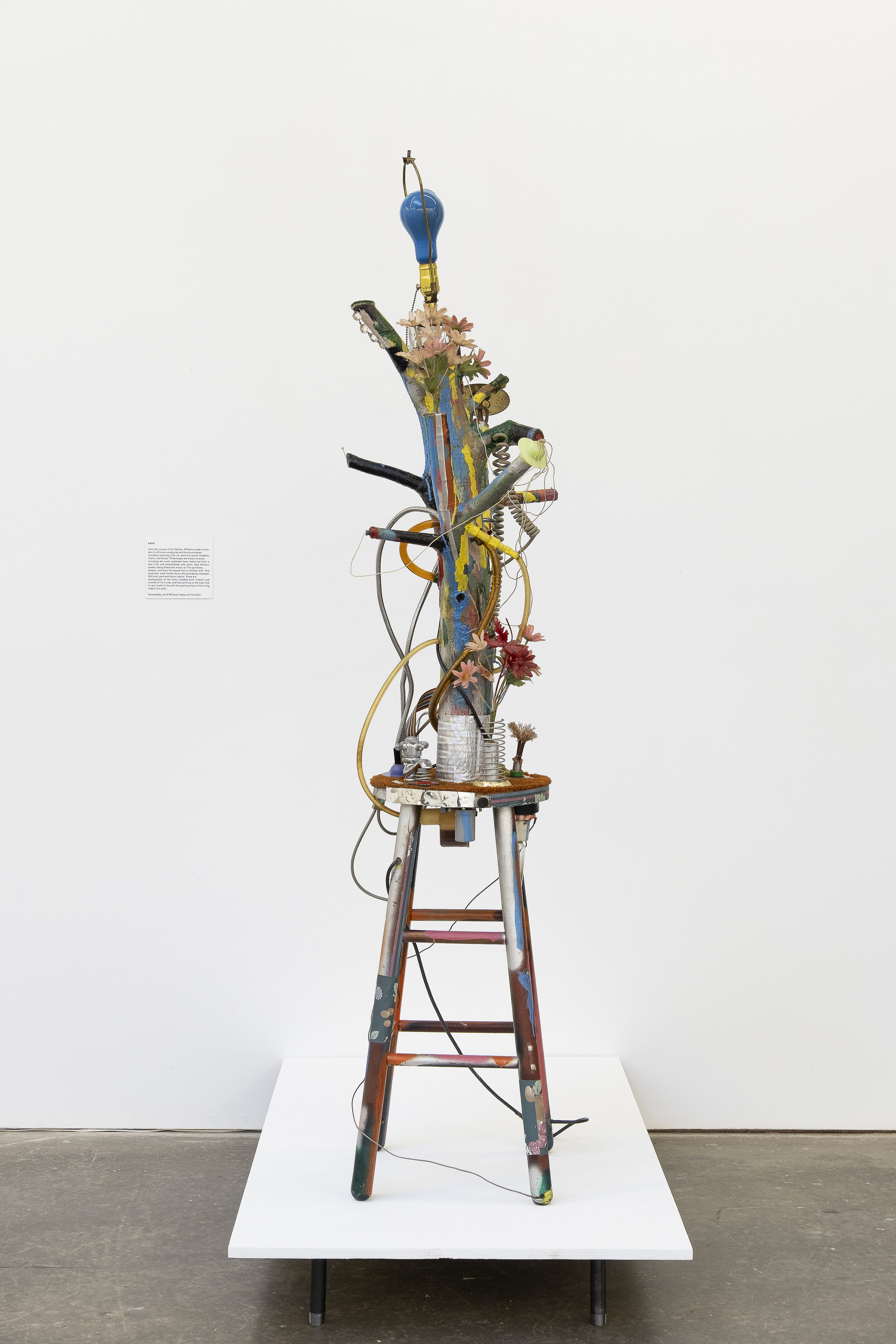
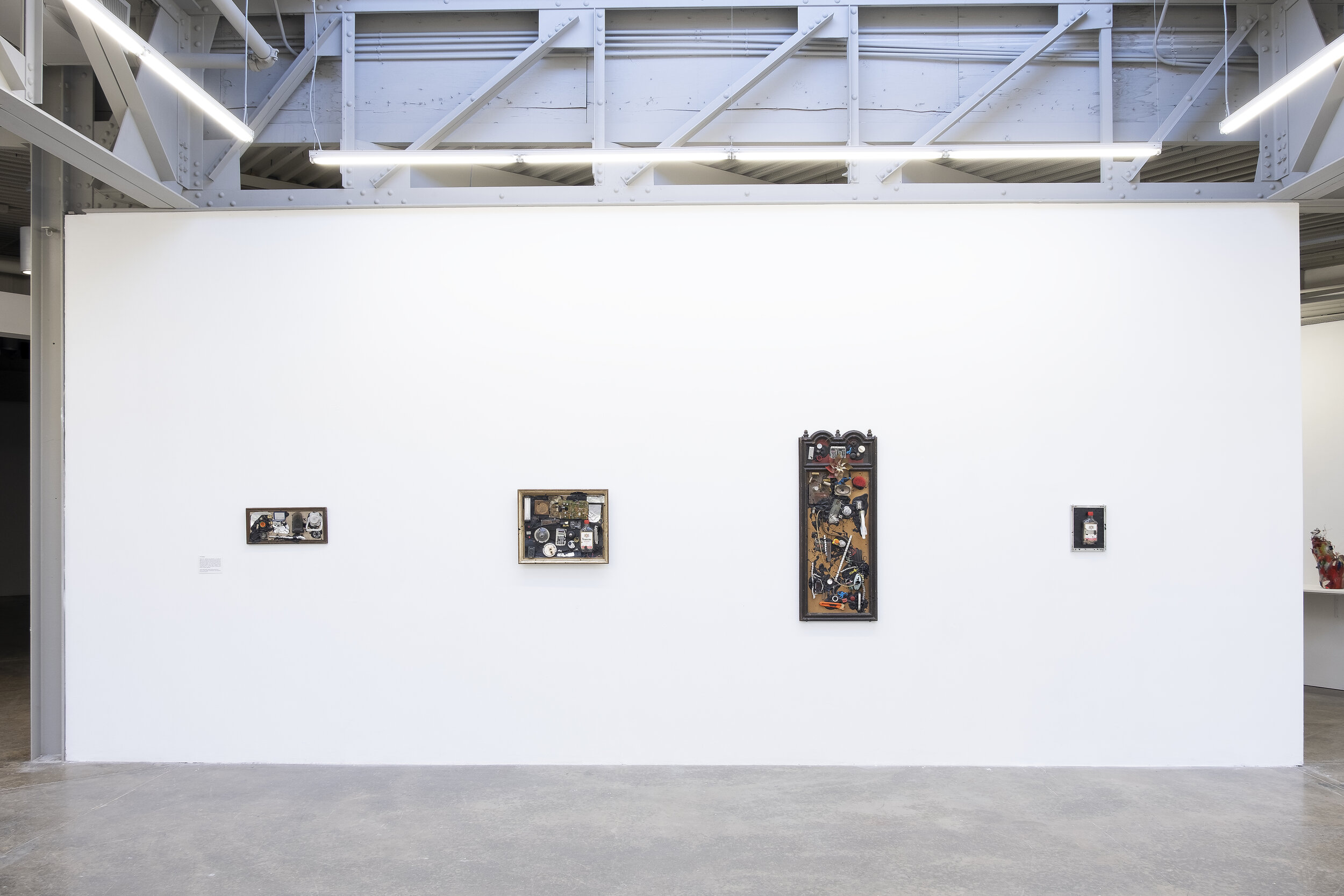
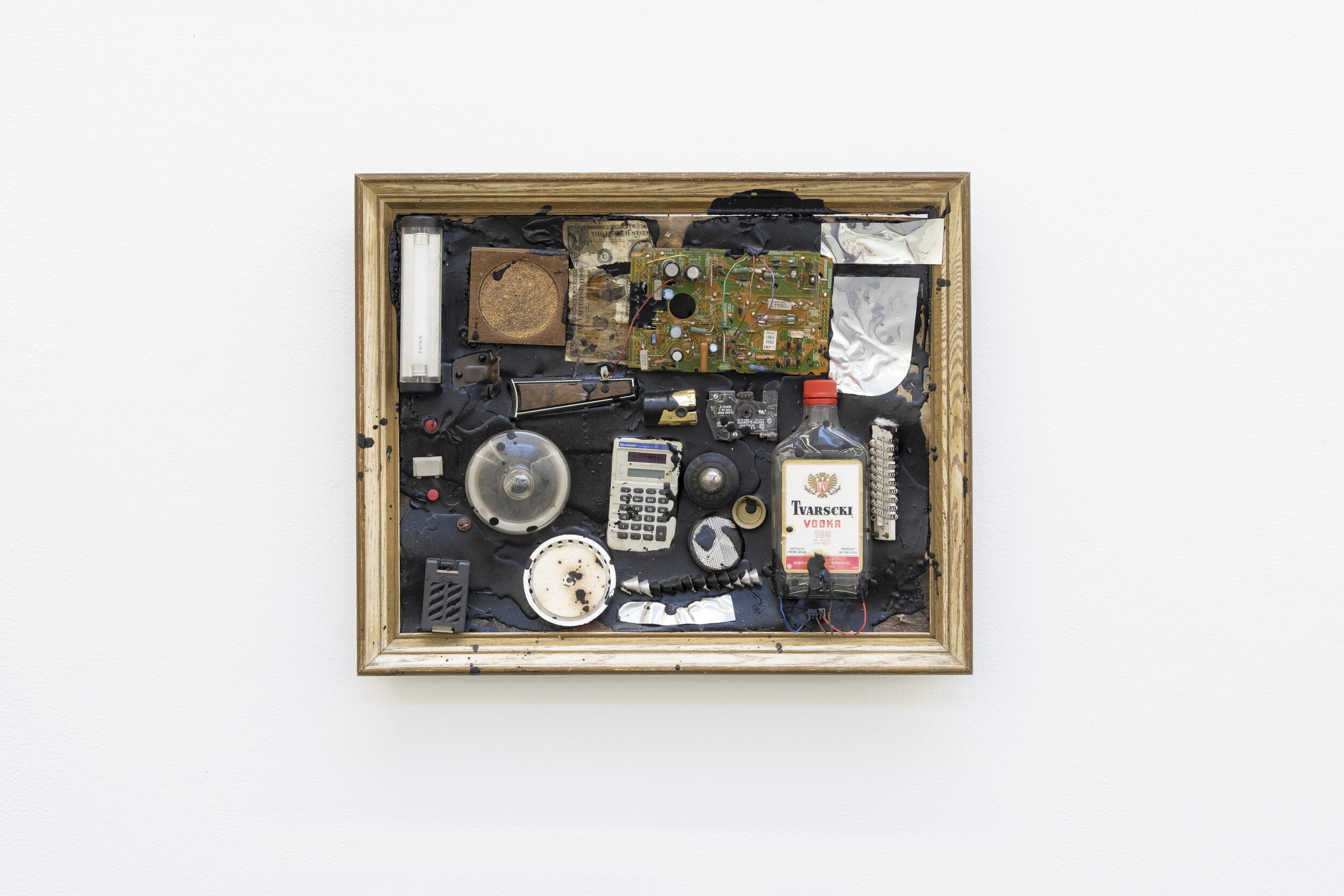
About the Artist
Charles Williams (b. Blue Diamond, Kentucky, 1942 – 1998), described the place he grew up as a “little old country hick town in coal mining territory.” He taught himself to draw by copying comic book figures and though he never finished high school, learned practical job skills at the Breckinridge Job Corps Center before finding work as a janitor at IBM in Lexington. Williams maintained an elaborate yard show in addition to making hundreds of pencil holders, in varying sizes and forms, mostly gleaned from the desk drawers of IBM employees after they had gone home for the day. Williams worked avidly on comics, paintings, drawings, assemblages, sculptures, and furniture until his untimely death in 1998, the result of AIDS-related complications and starvation. A few months later, an organization called A Moveable Feast Lexington was founded in his honor and tasked itself with providing hot meals to people living with HIV/AIDS in the region.
